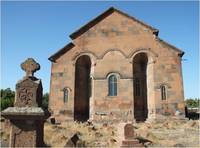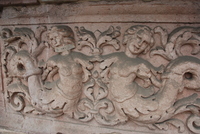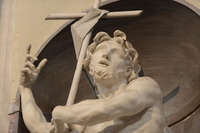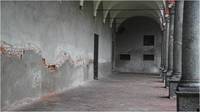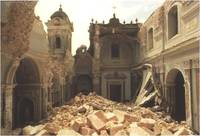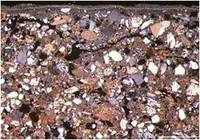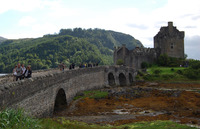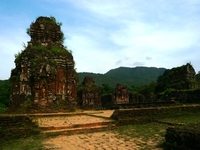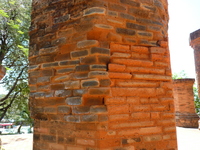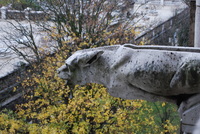Events
Science and technology at Stonehenge: new methods and results
Seminary, 18 May 2016, Politecnico di Milano,Aula Rogers-Edificio 11| Organized by | Centro Beni Culturali - Politecnico di Milano |


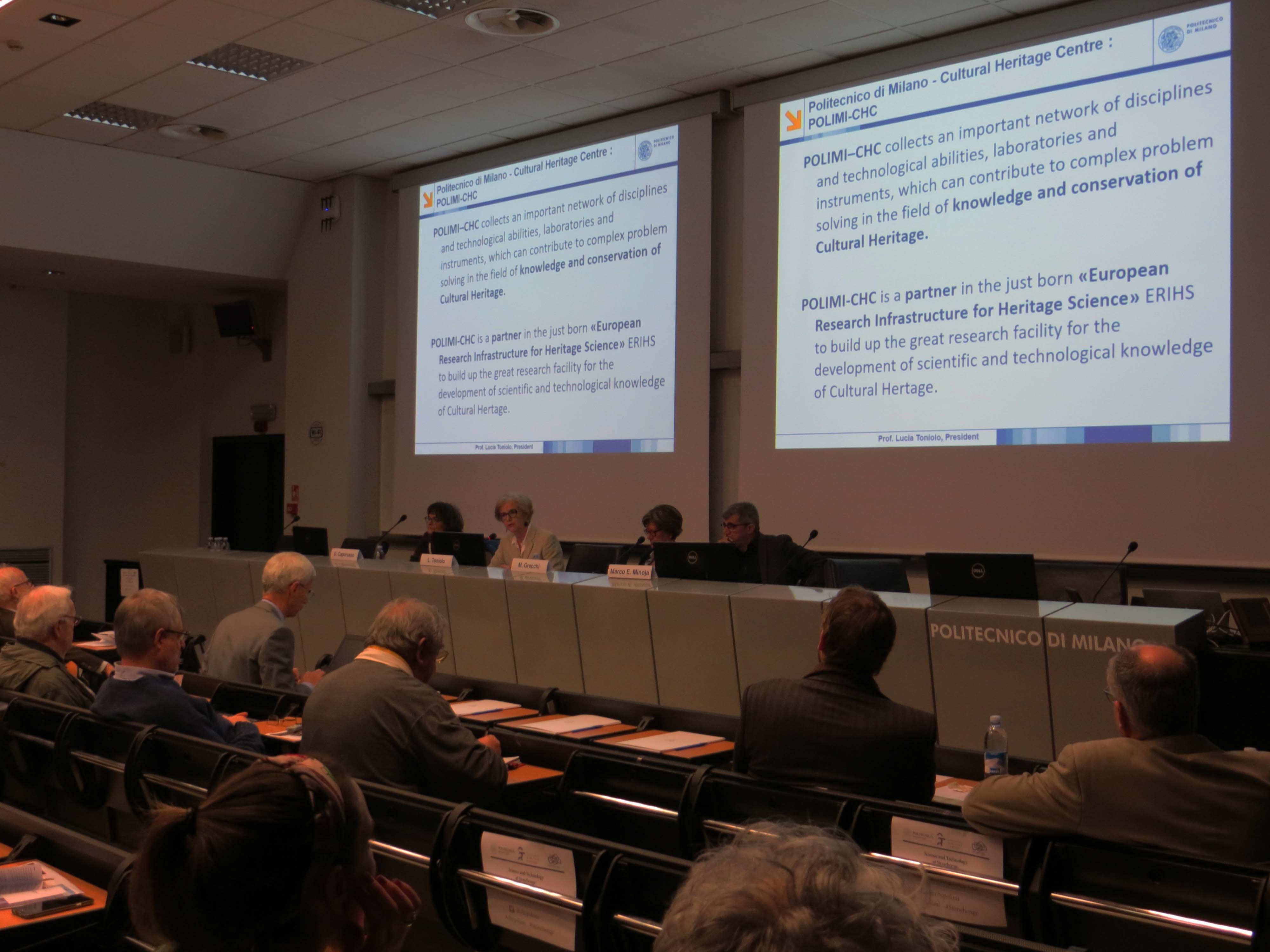
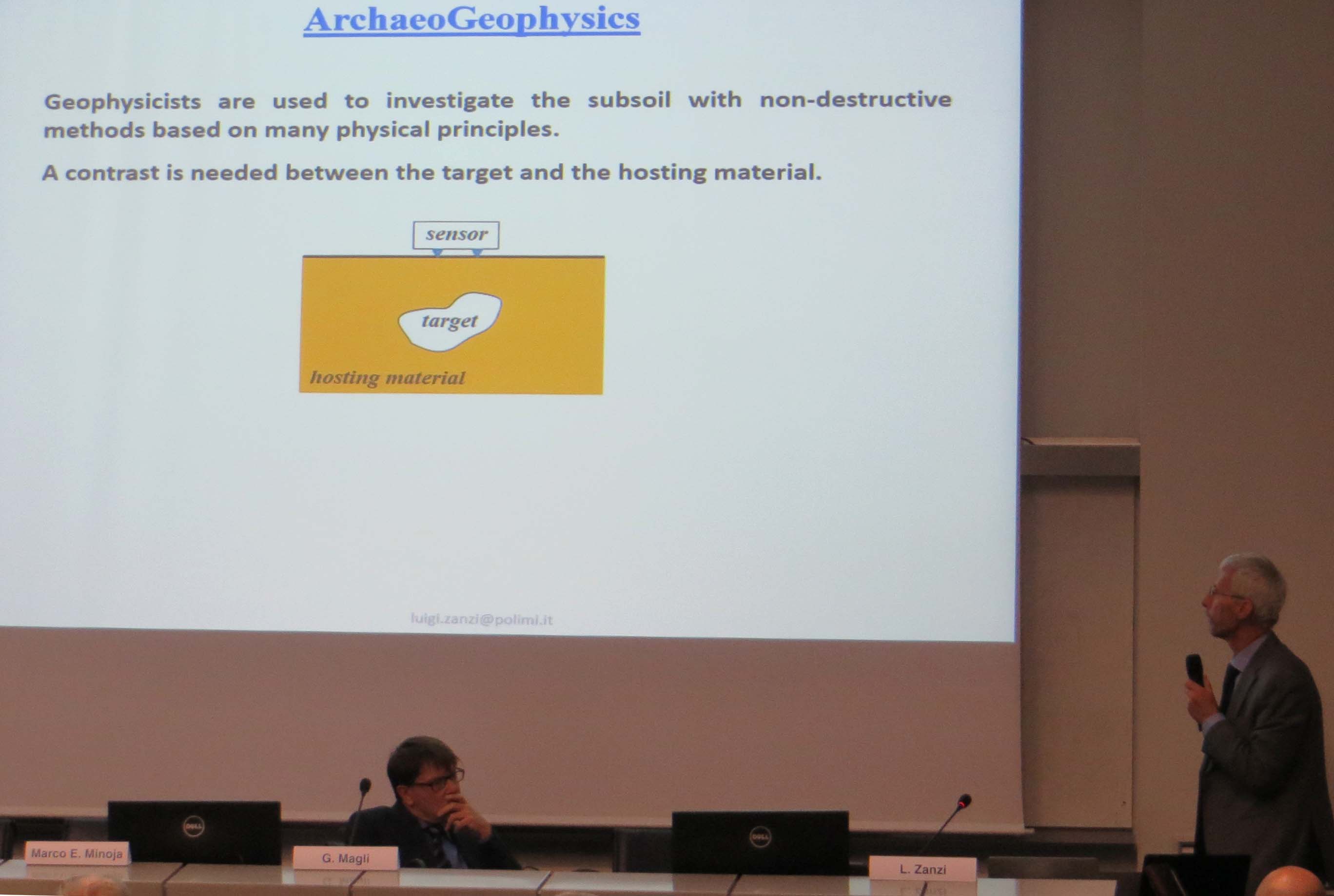
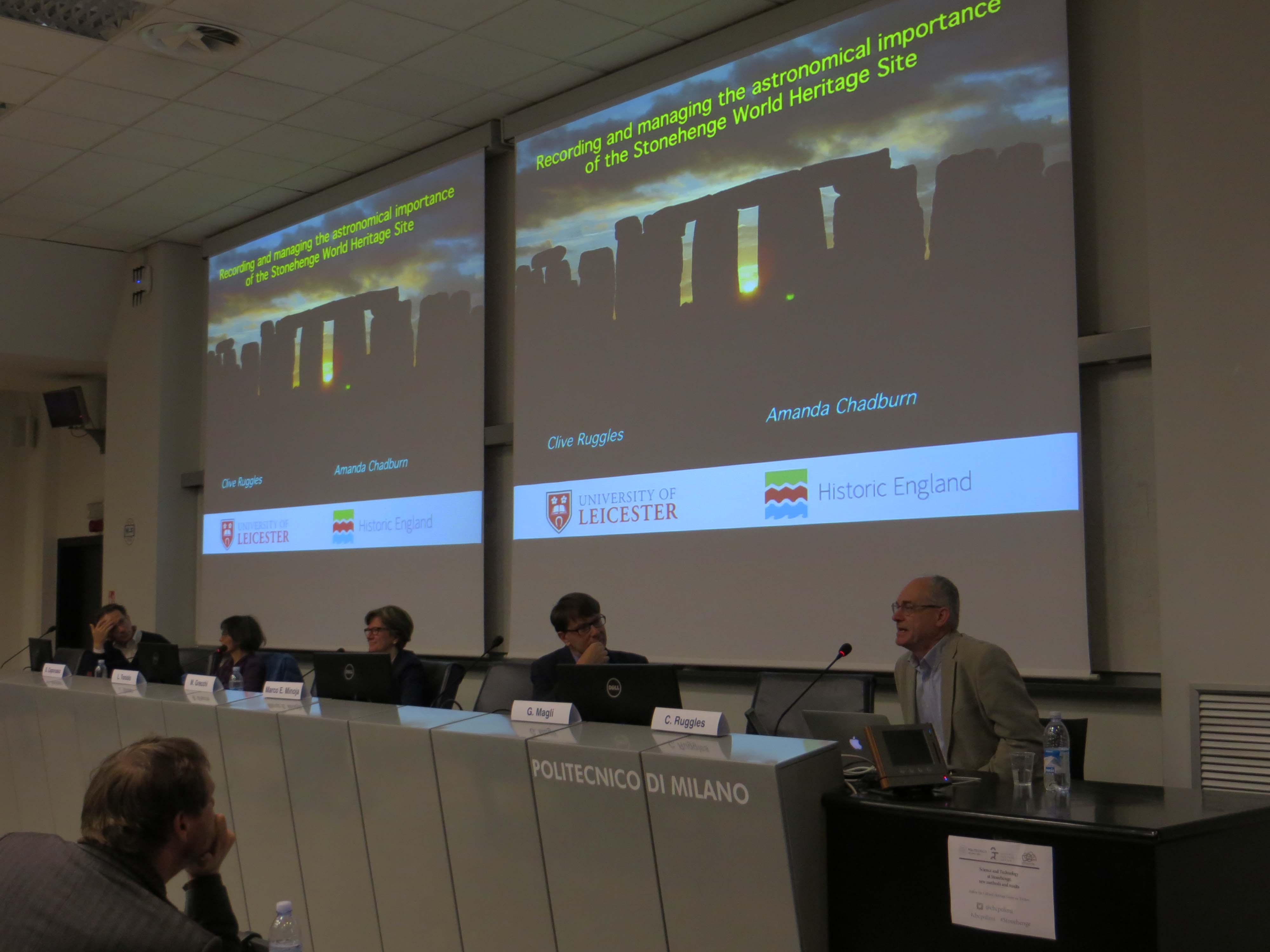
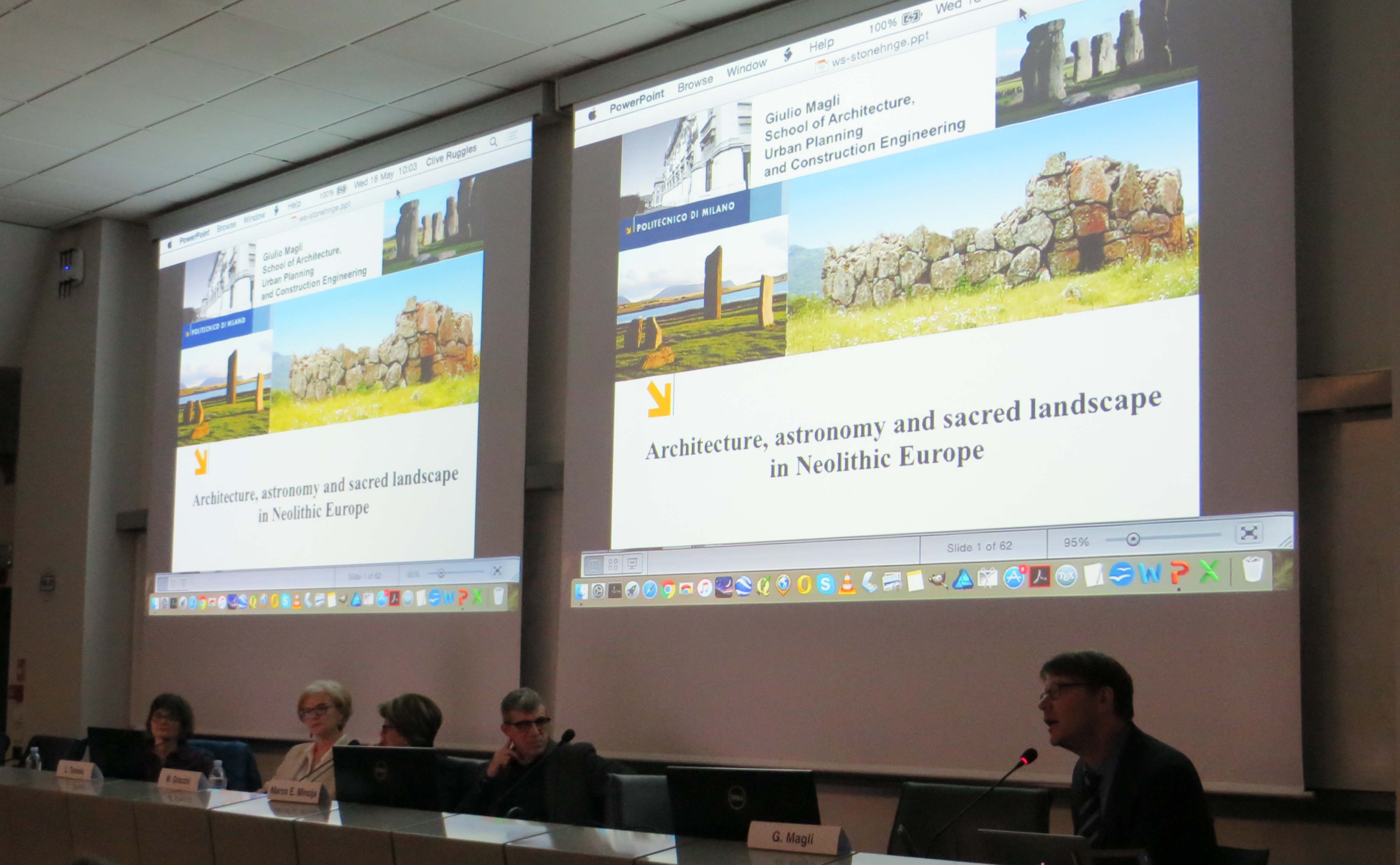

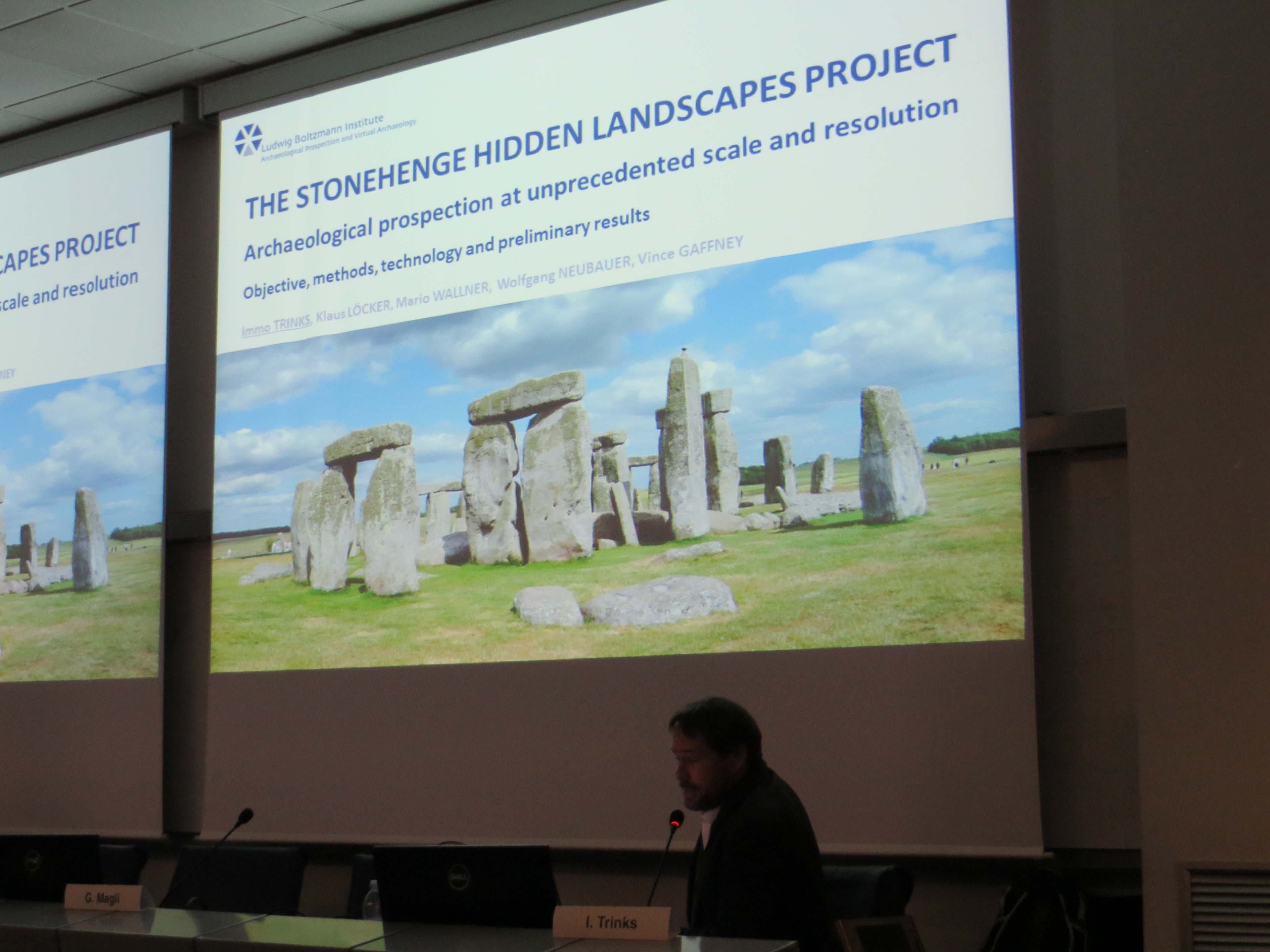

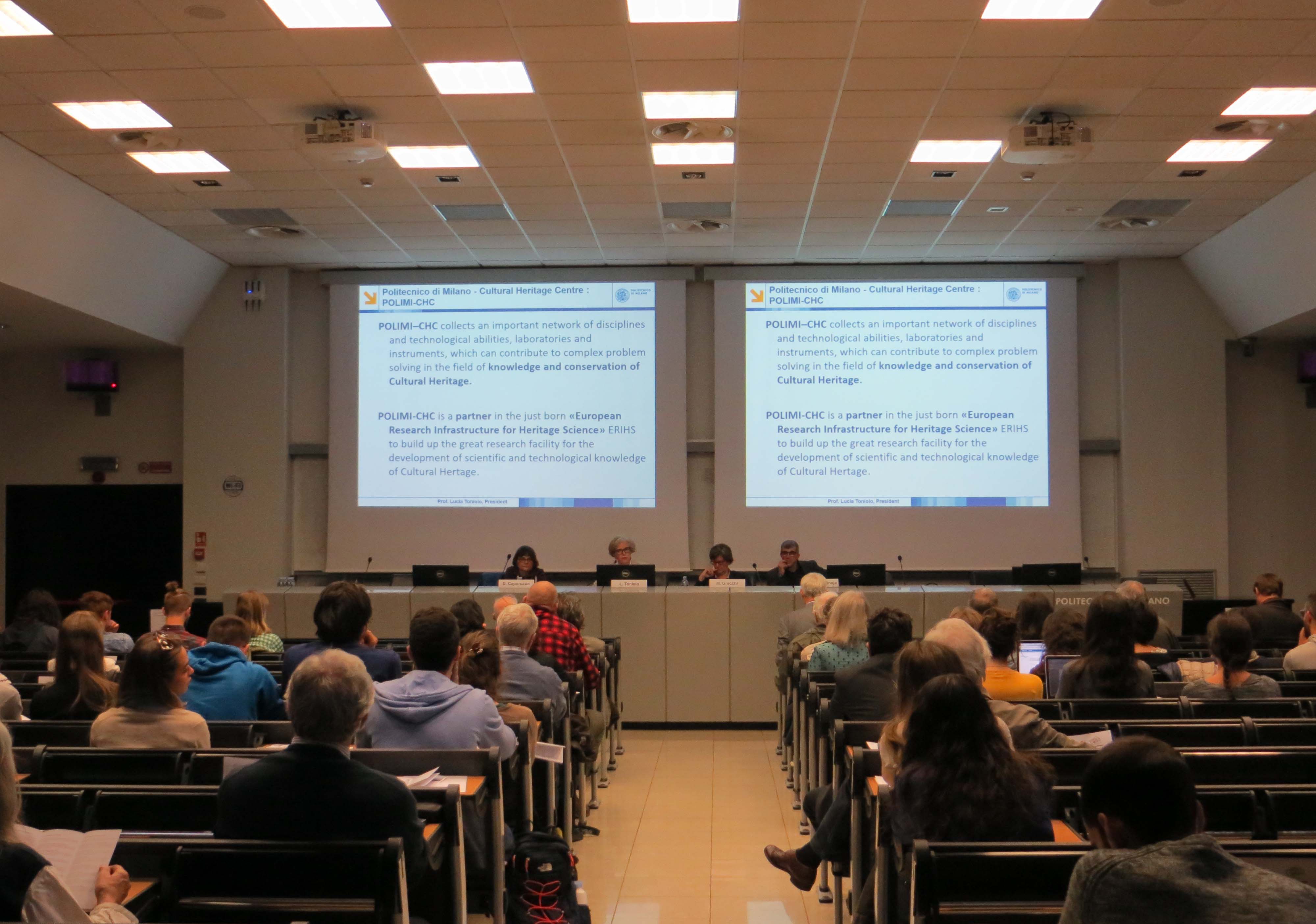
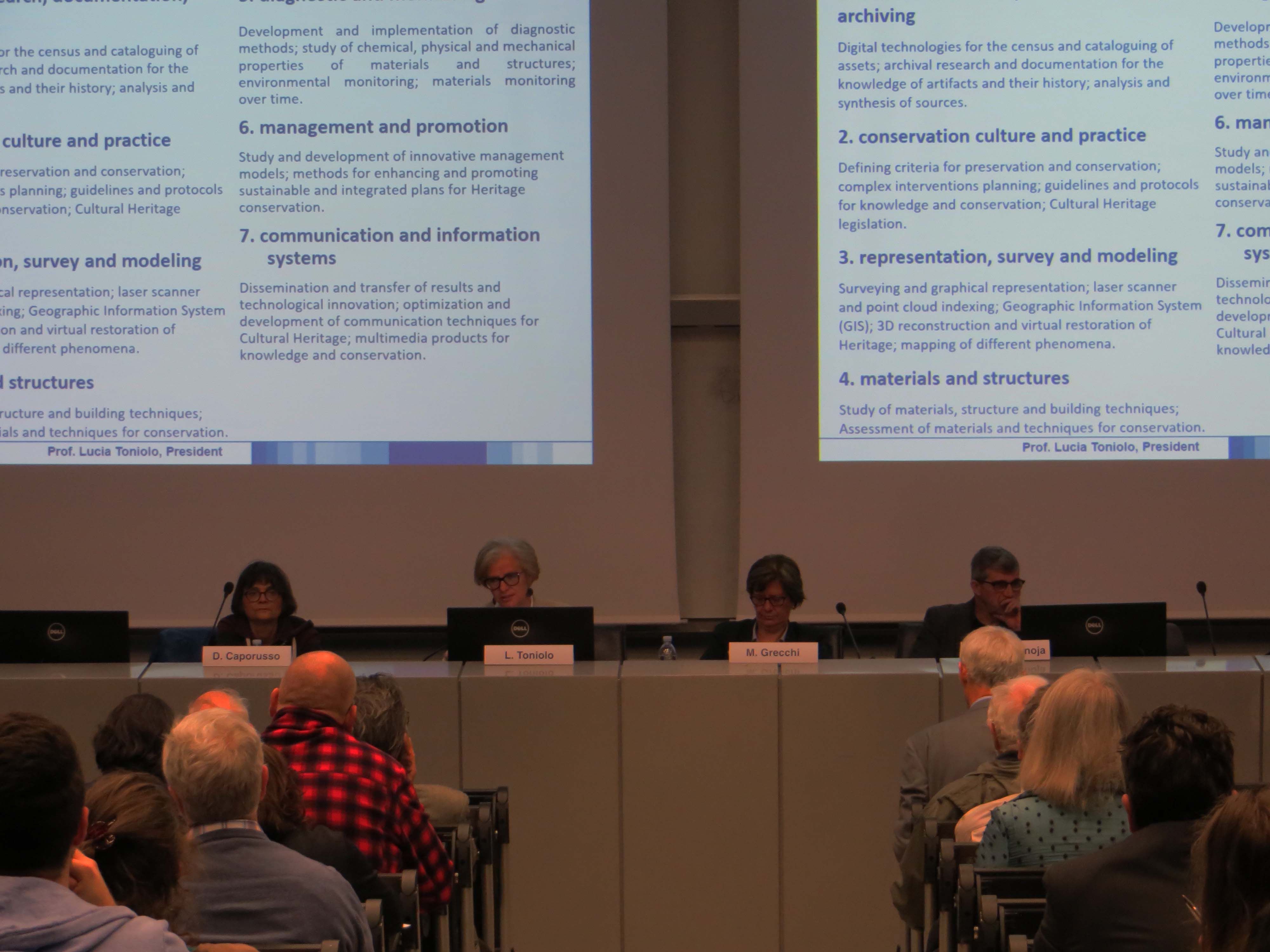

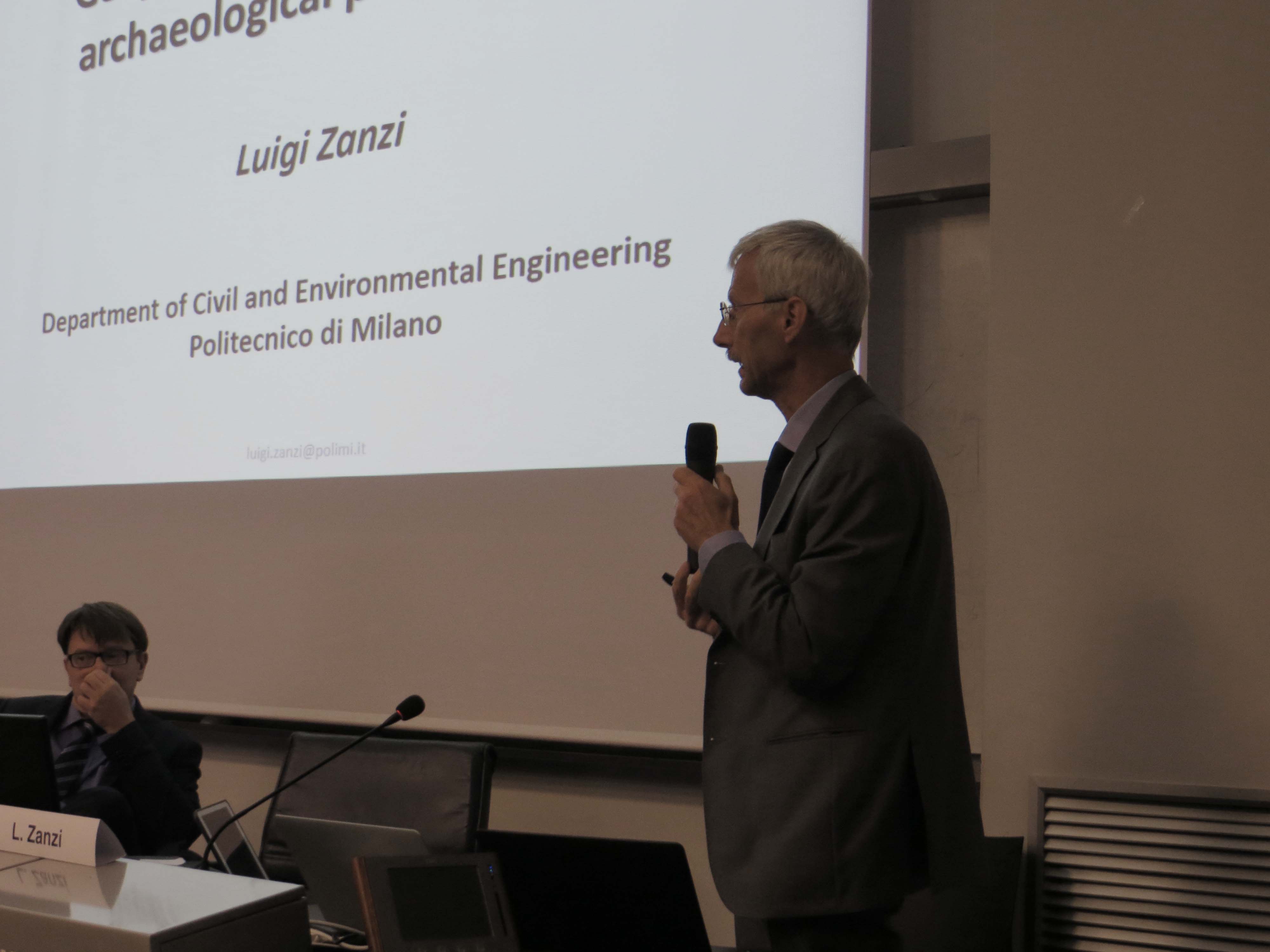



Stonehenge, one of the most inspiring and mysterious Neolithic site, has been studied for centuries to find a persuasive interpretation of this apparently isolated collection of huge standing stones. The new discoveries recently announced by an international team of archaeologists and scientists bring new perspectives on the interpretation of this archeological landscape and stimulate a revision of the theories that were built around this Neolithic icon.
The discovery is the pinnacle of a five-year project by The Stonehenge Hidden Landscapes team, which is using the latest technology (motorized systems equipped with magnetometers, ground-penetrating radar arrays and electromagnetic induction sensors and controlled by modern navigation tools) to create underground maps of a huge area surrounding Stonehenge without the need for time-consuming digging operations.
The Cultural Heritage Center of Politecnico di Milano together with the FDS Laboratory for the Communication of Science are very proud to give to a large audience of university researchers and teachers, students, archaeologists, architects and professionals the chance to meet protagonists and other experts to hear more about these exciting news and related implications for the management of an archeological site of this importance
Click on the image on the left to watch the photogallery
Info and news available on our Twitter account @cbcpolimi
Lucia Toniolo, President of Cultural Heritage Center: Le prospettive di ricerca del Cultural Heritage Center
Luigi Zanzi, member of Cultural Heritage Center Scientific Commitee:
Tecnologie geofisiche per l'indagine archeologica
Giulio Magli, member of Cultural Heritage Center Scientific Commitee:
Stonehenge e la ricerca in archeoastronomia
Interviews to lectures and report on the workshop :
Lo splendido isolamento di Stonehenge..è finito
La Stampa:
Nuove tesi su Stonehenge:luogo di culto o guarigione
Radio24:
Cosa si nasconde sotto Stonehenge? Ora lo sappiamo
Video:
Science and Technology at Stonehenge
Pompei 3.0: Archaelogy, Project and Conservation for the new generations
Seminary, 09 March 2016, Politecnico di Milano,Aula Rogers-Edificio 11| Organized by | Centro Beni Culturali - Politecnico di Milano |


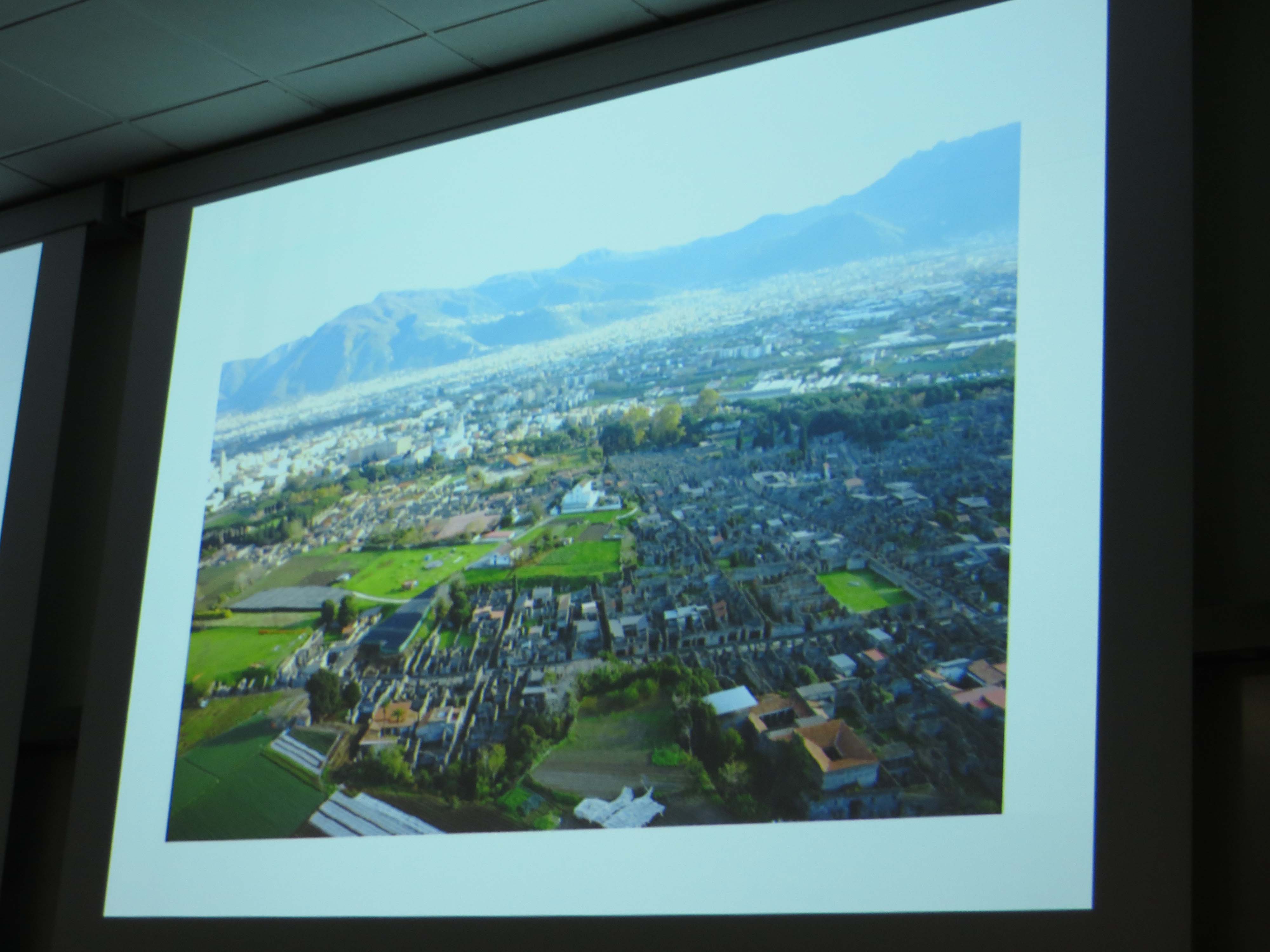

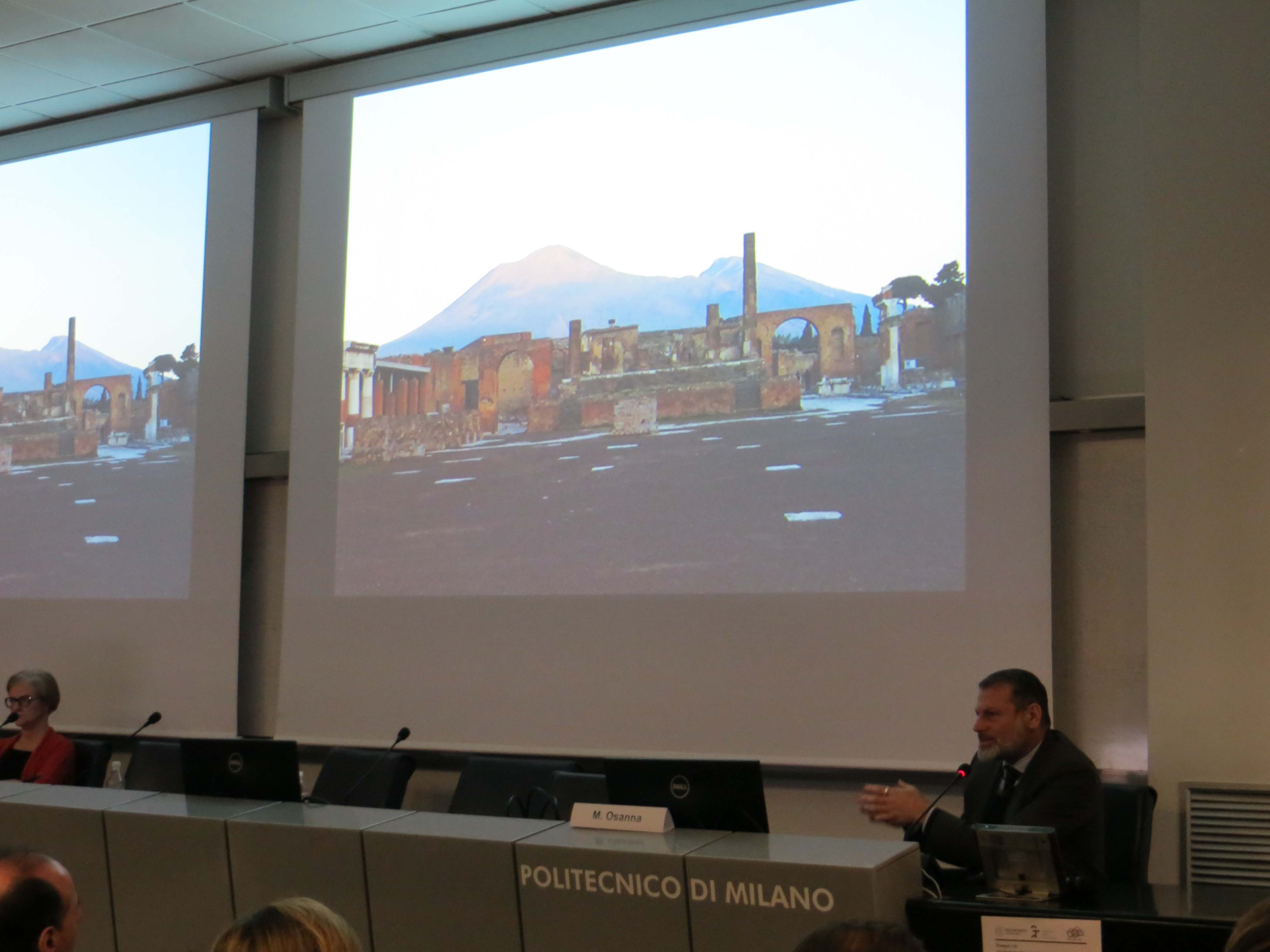
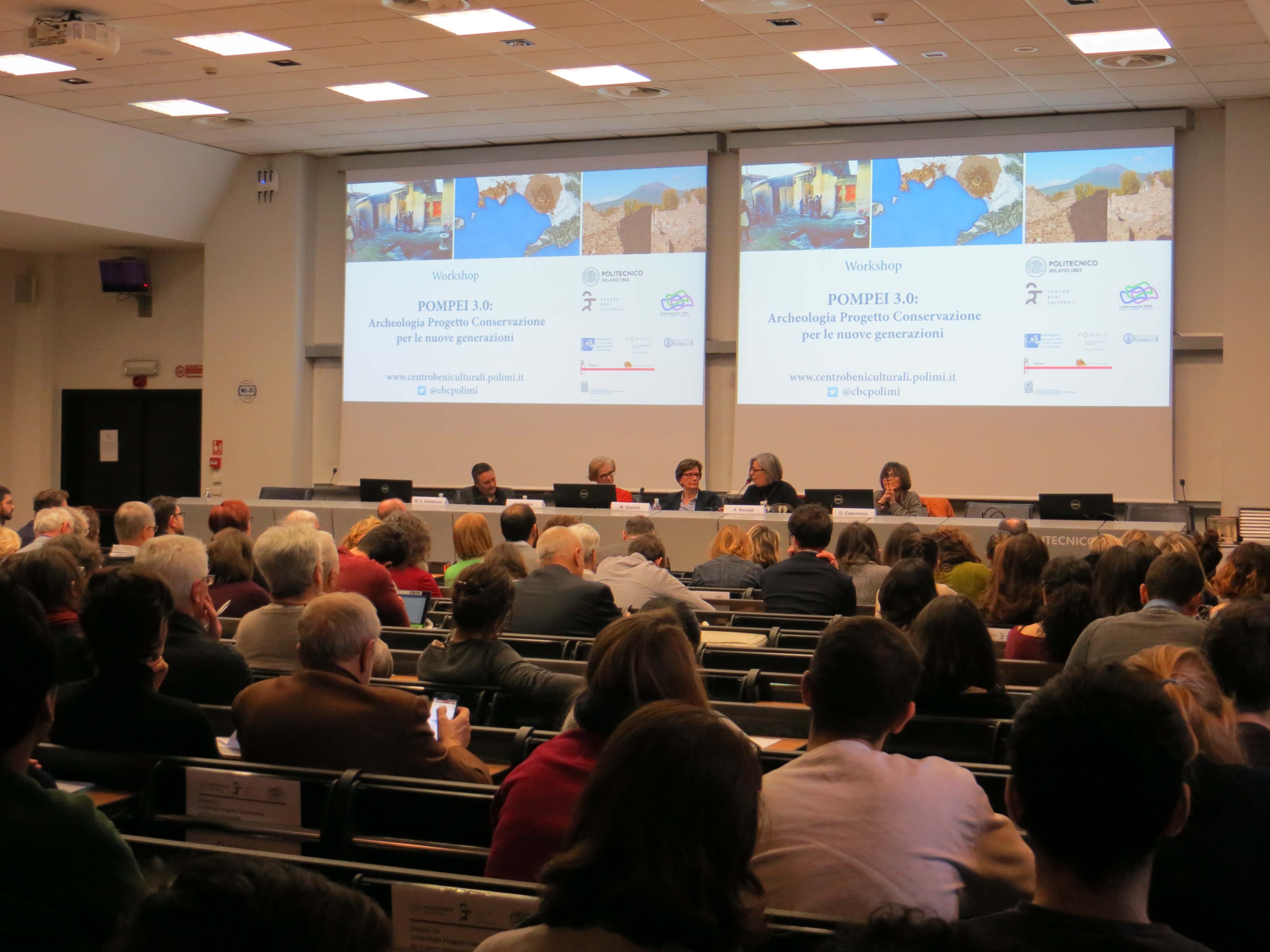
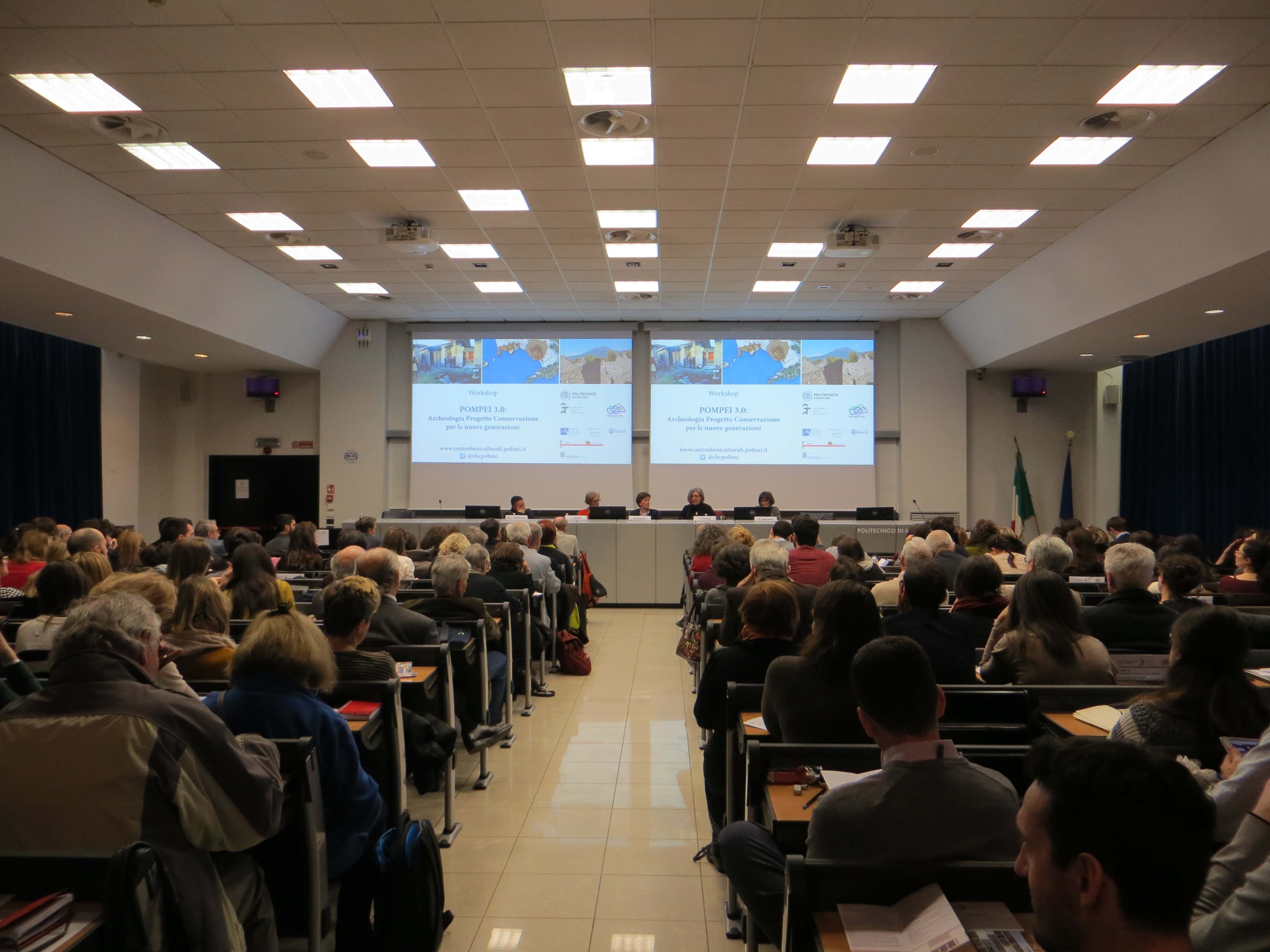
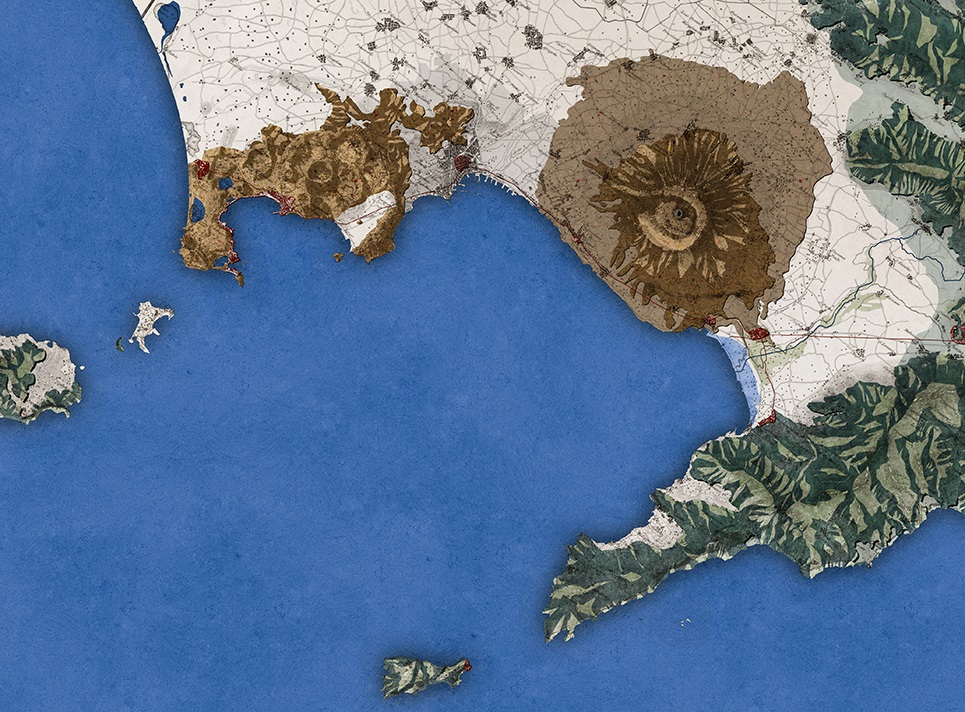
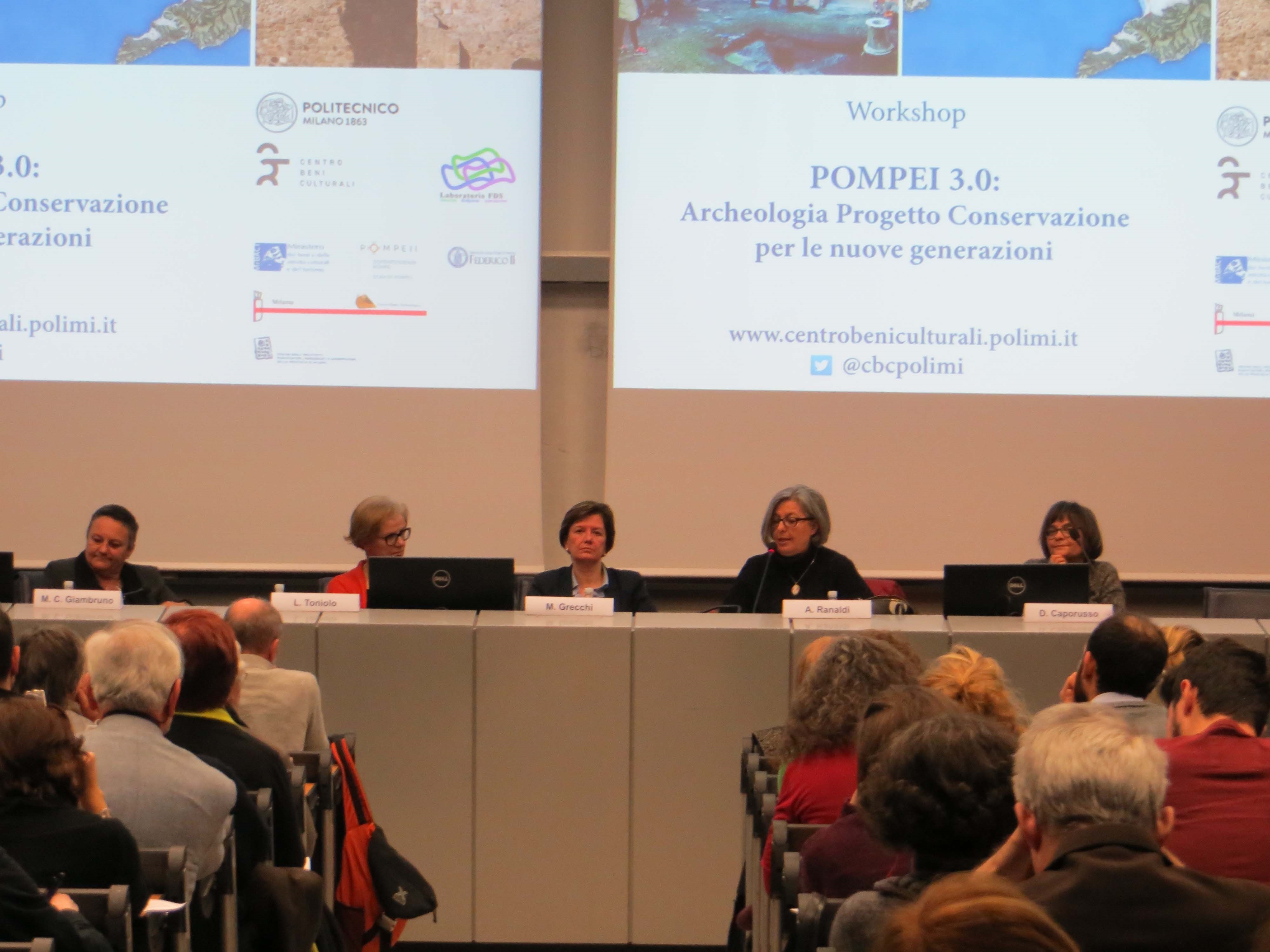
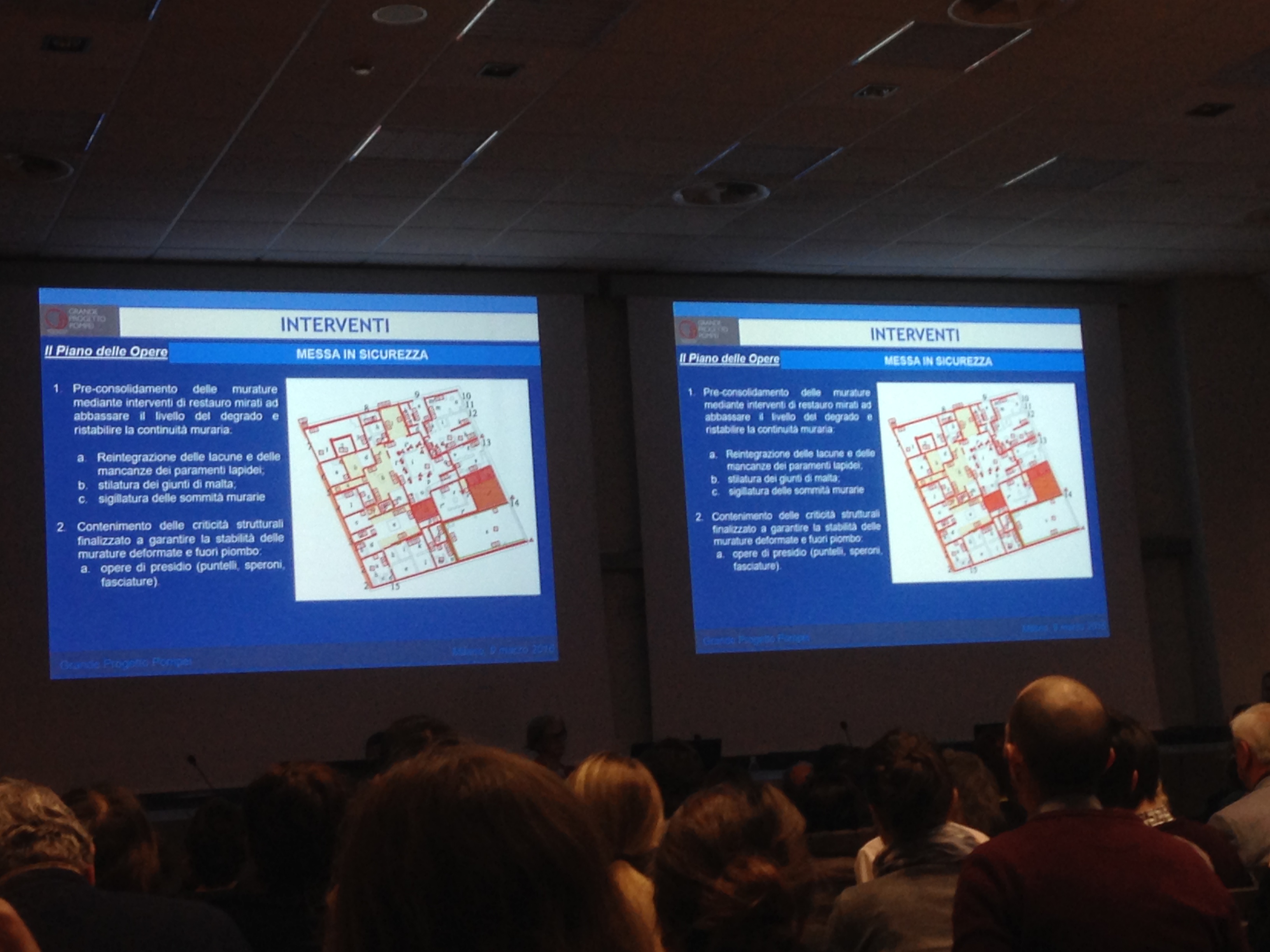
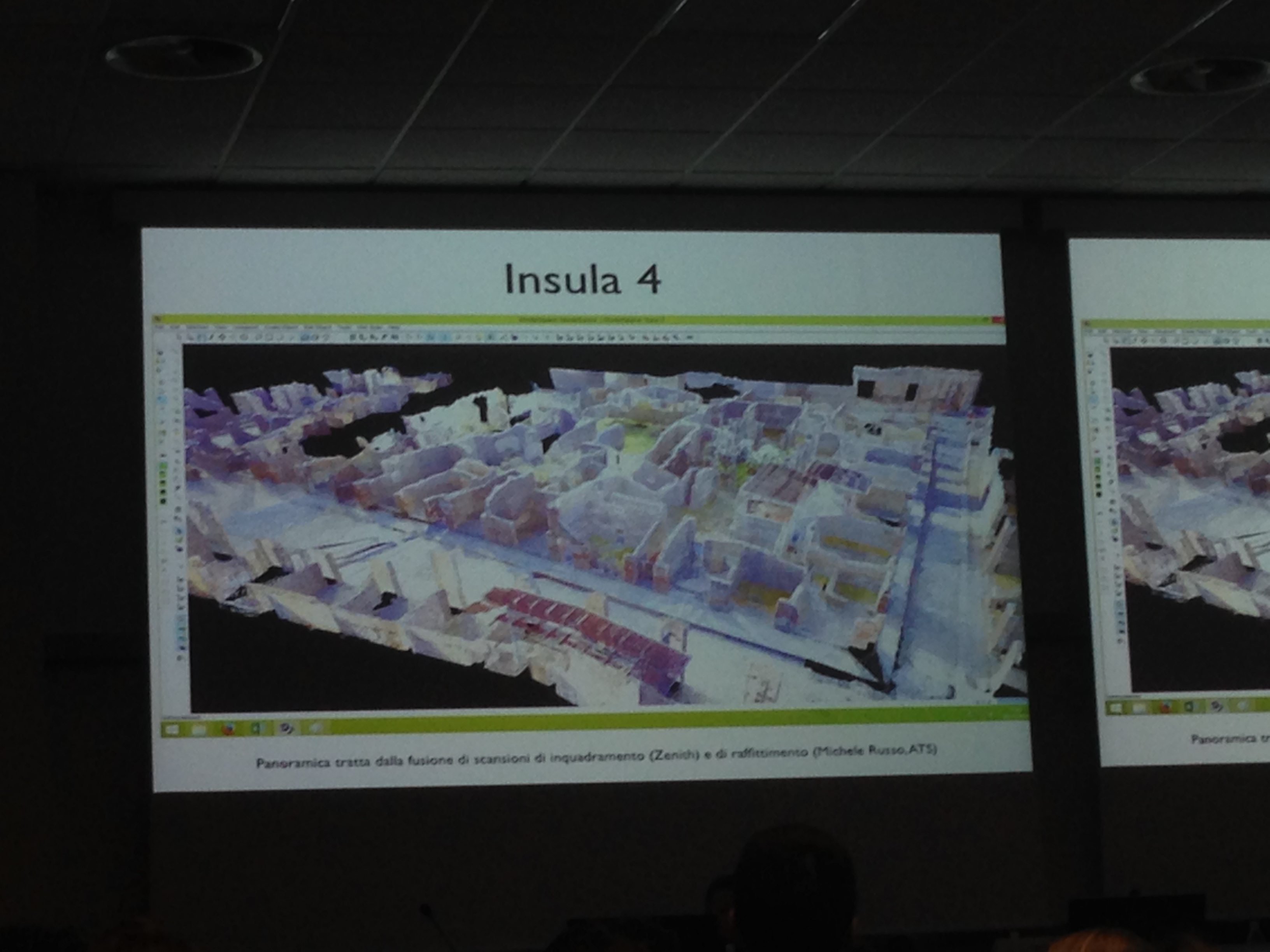
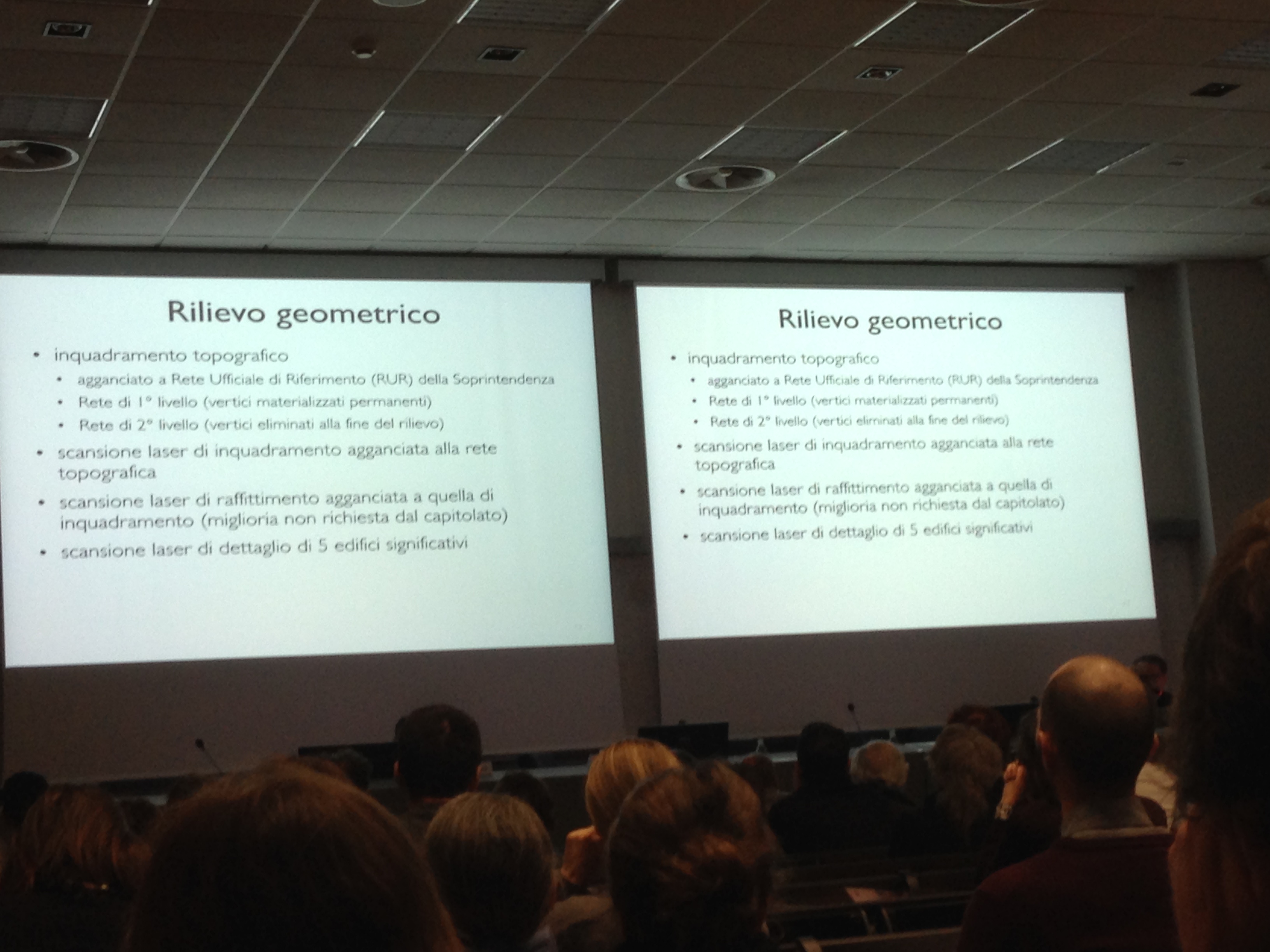
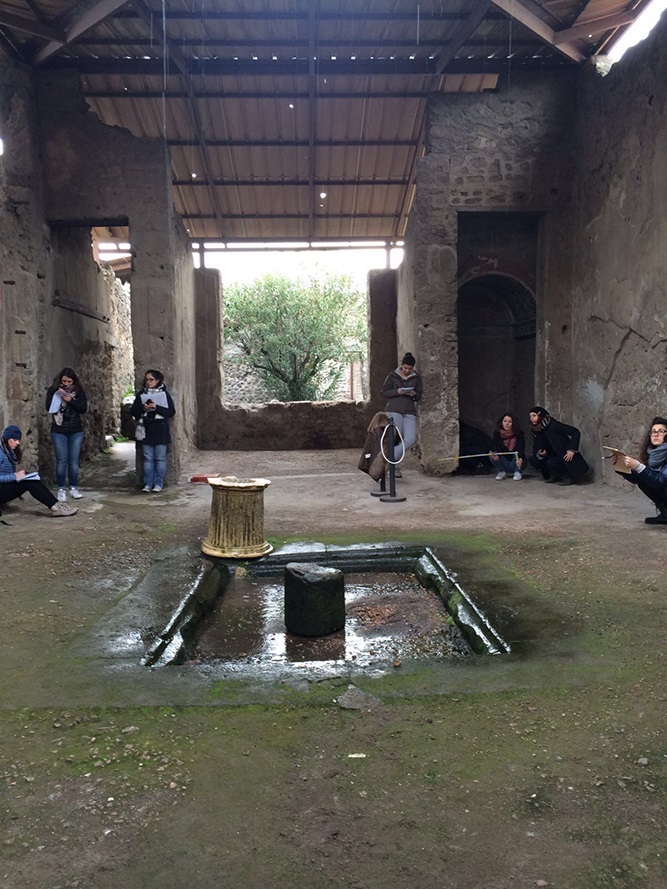
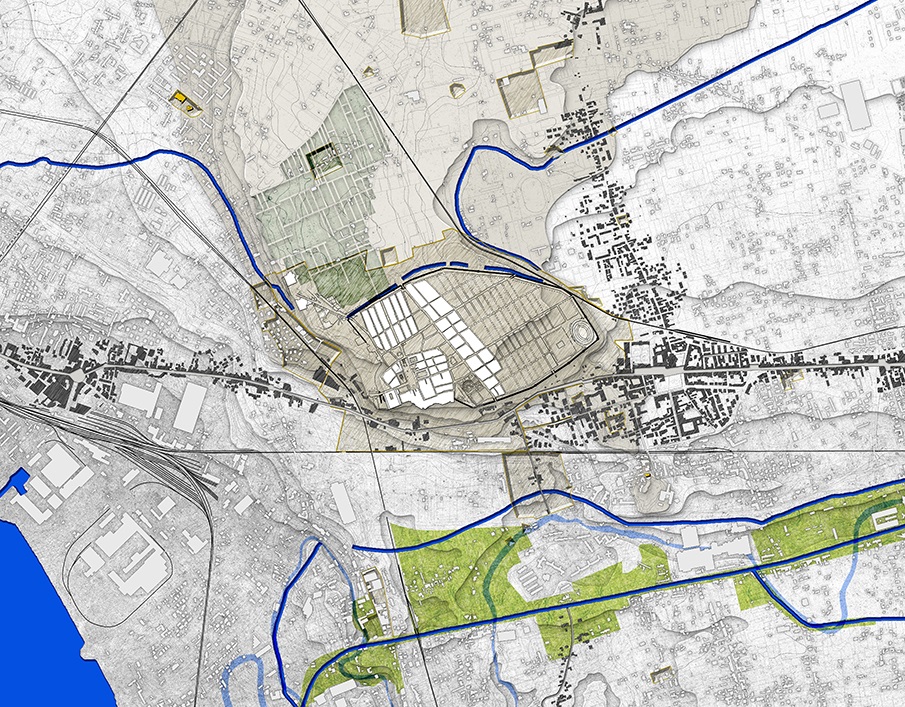

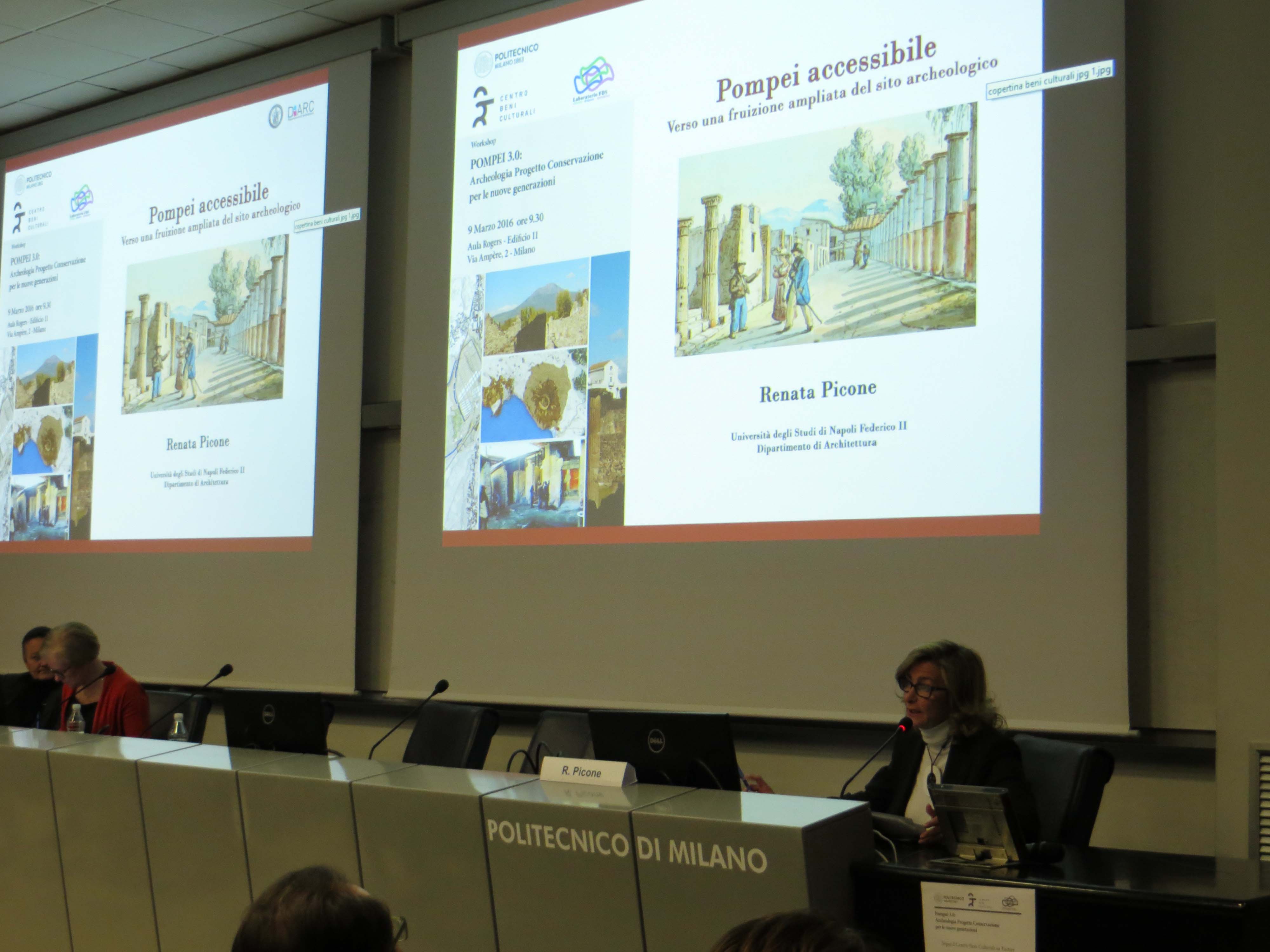
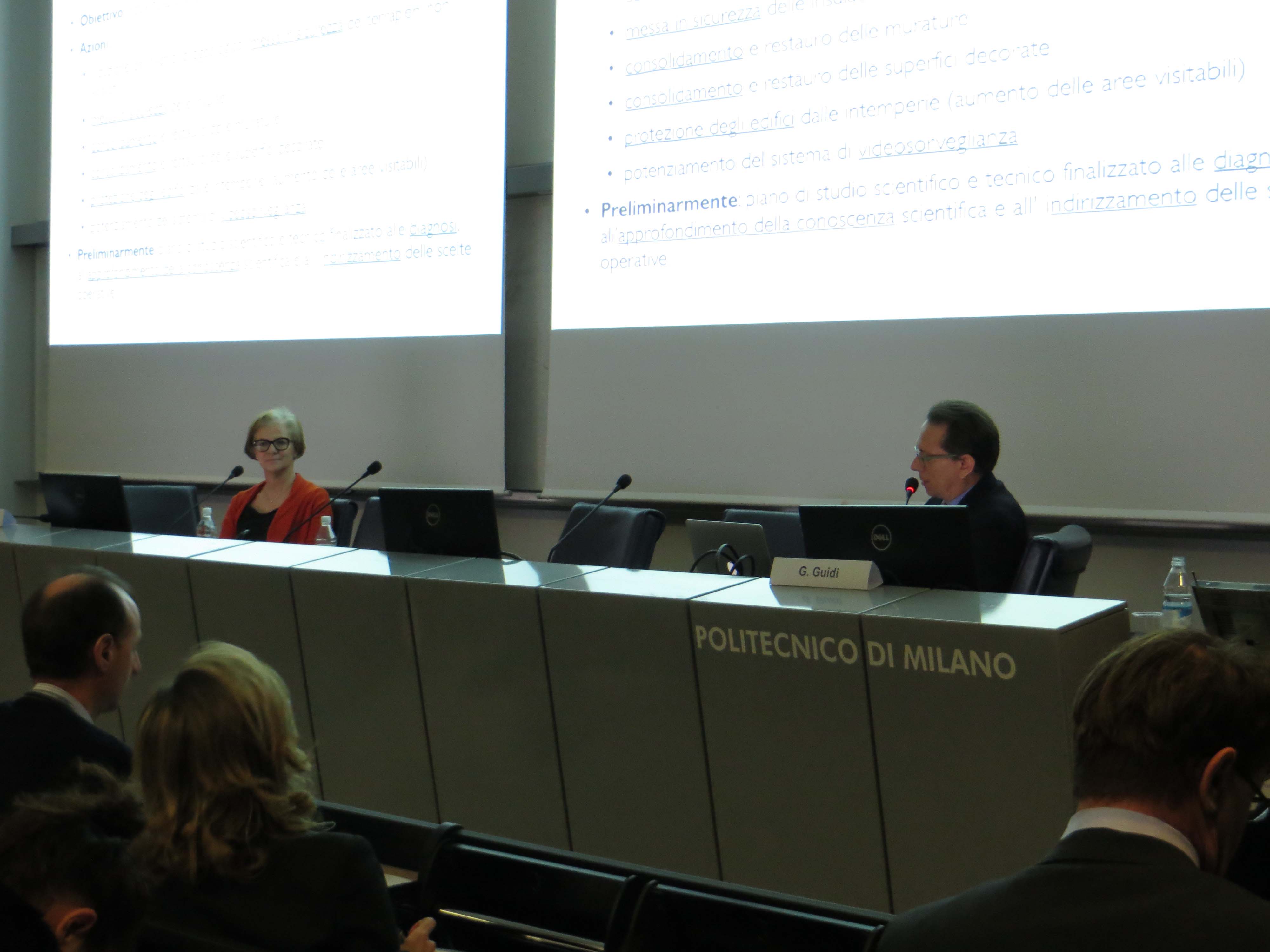
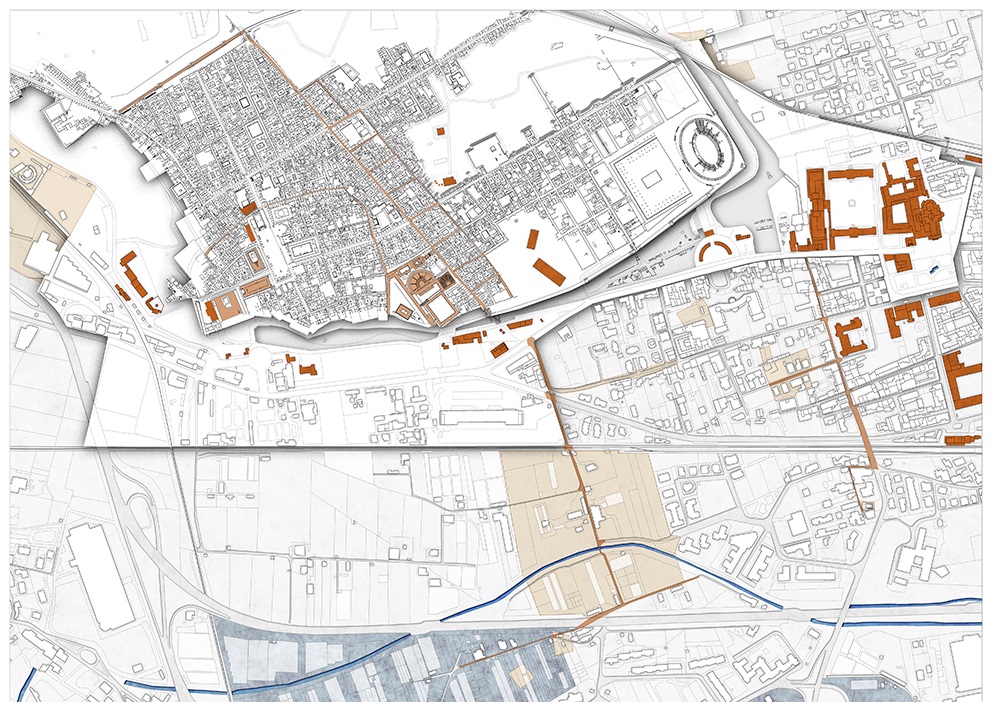
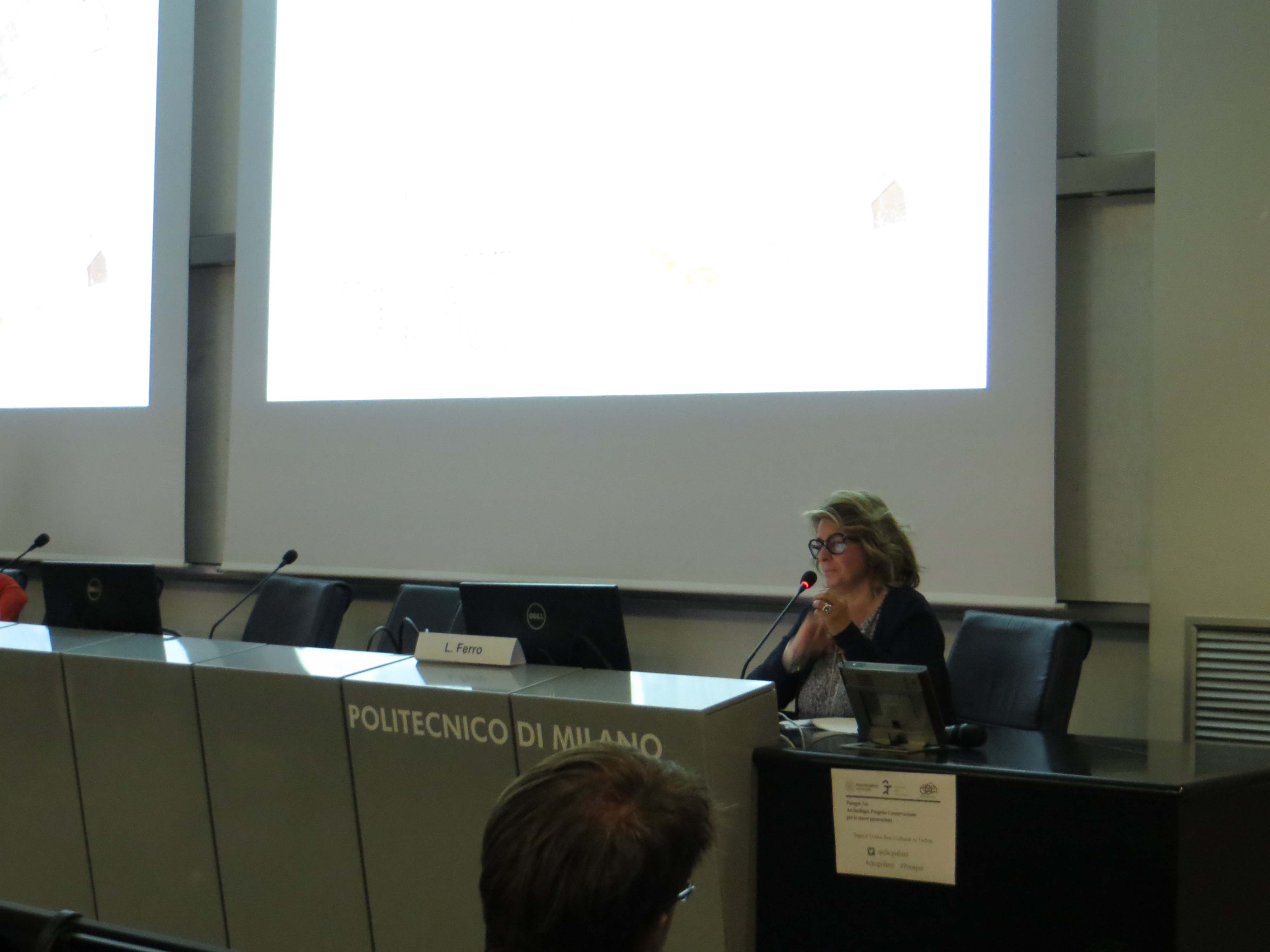
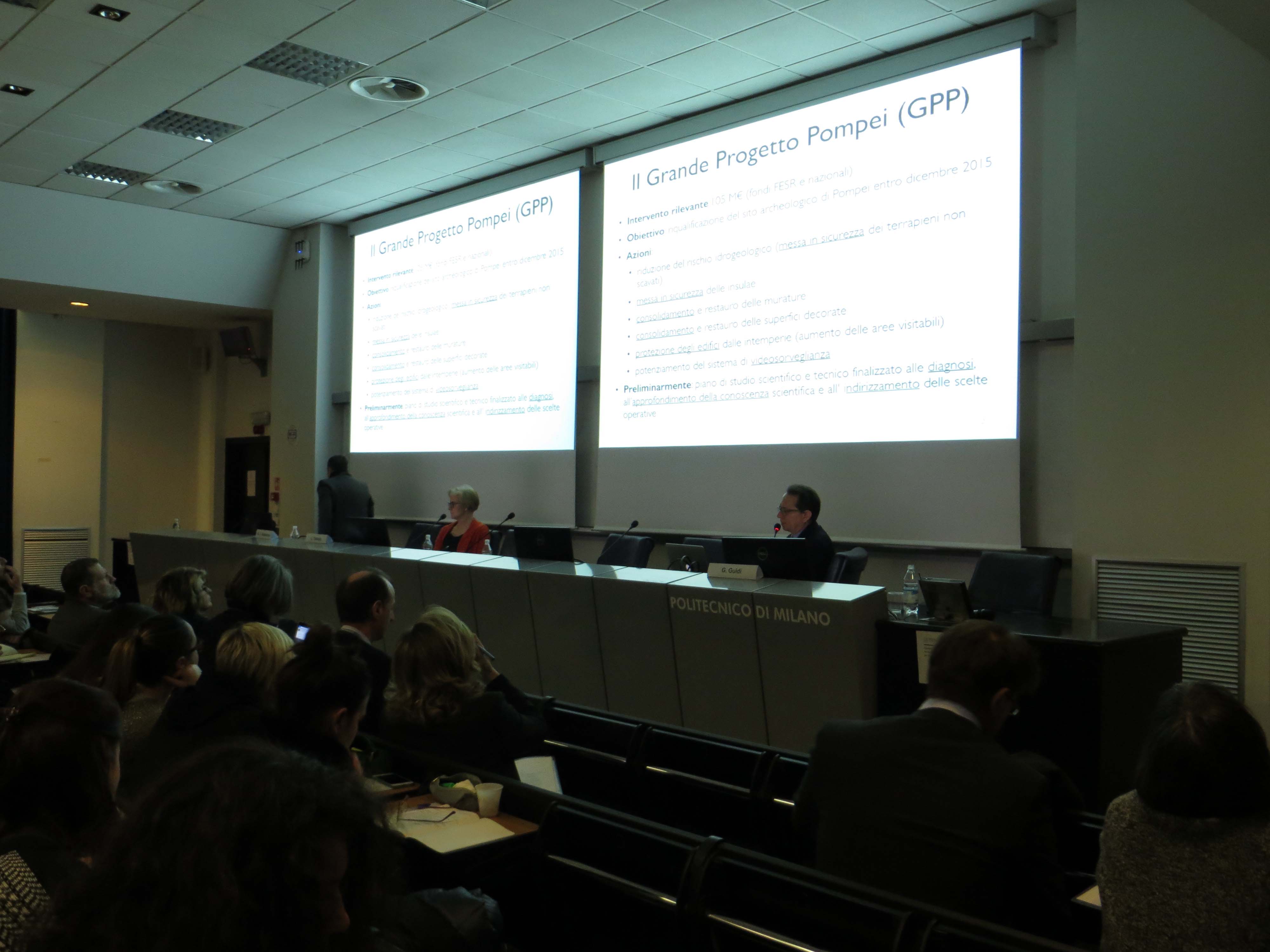
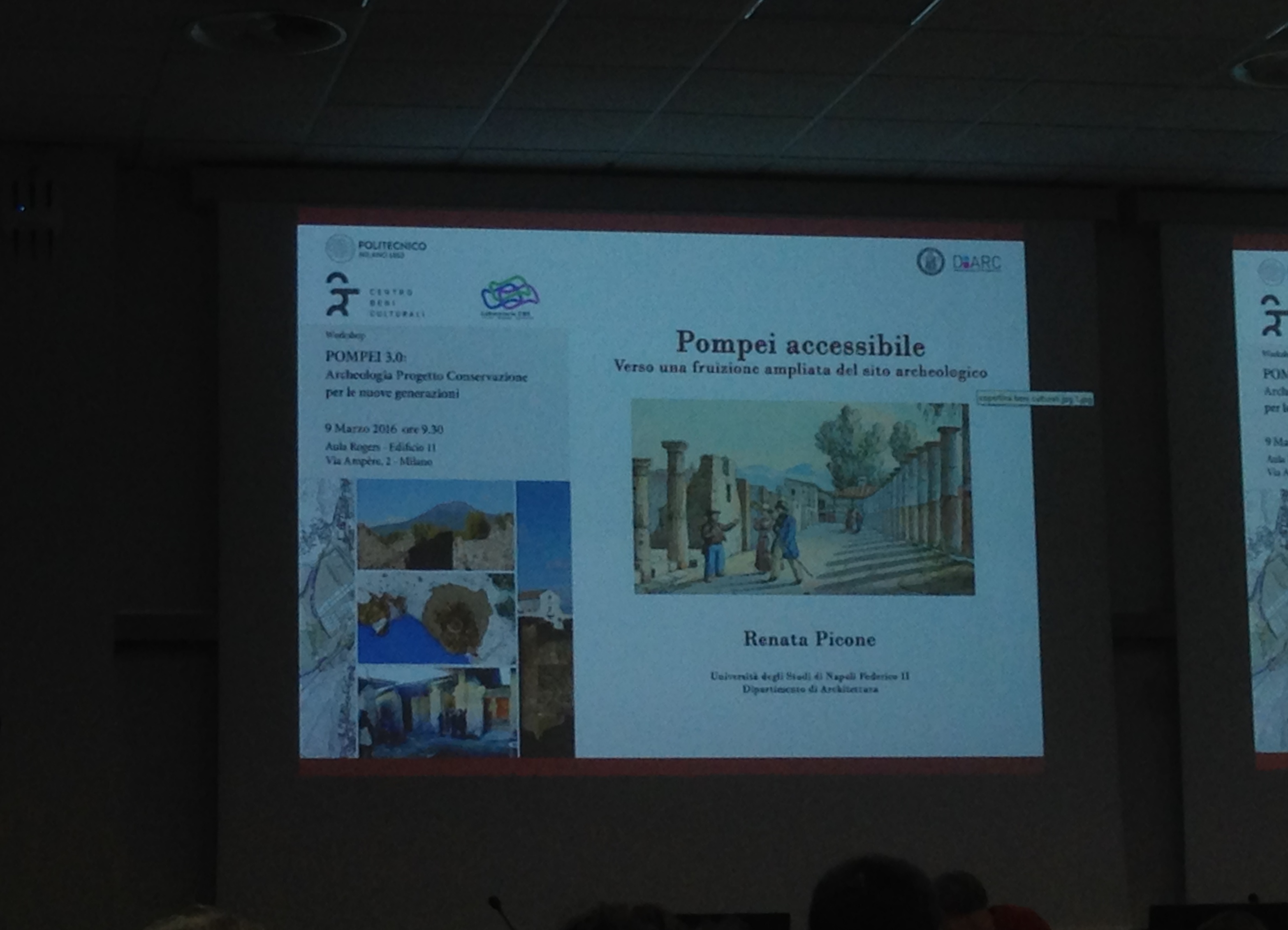

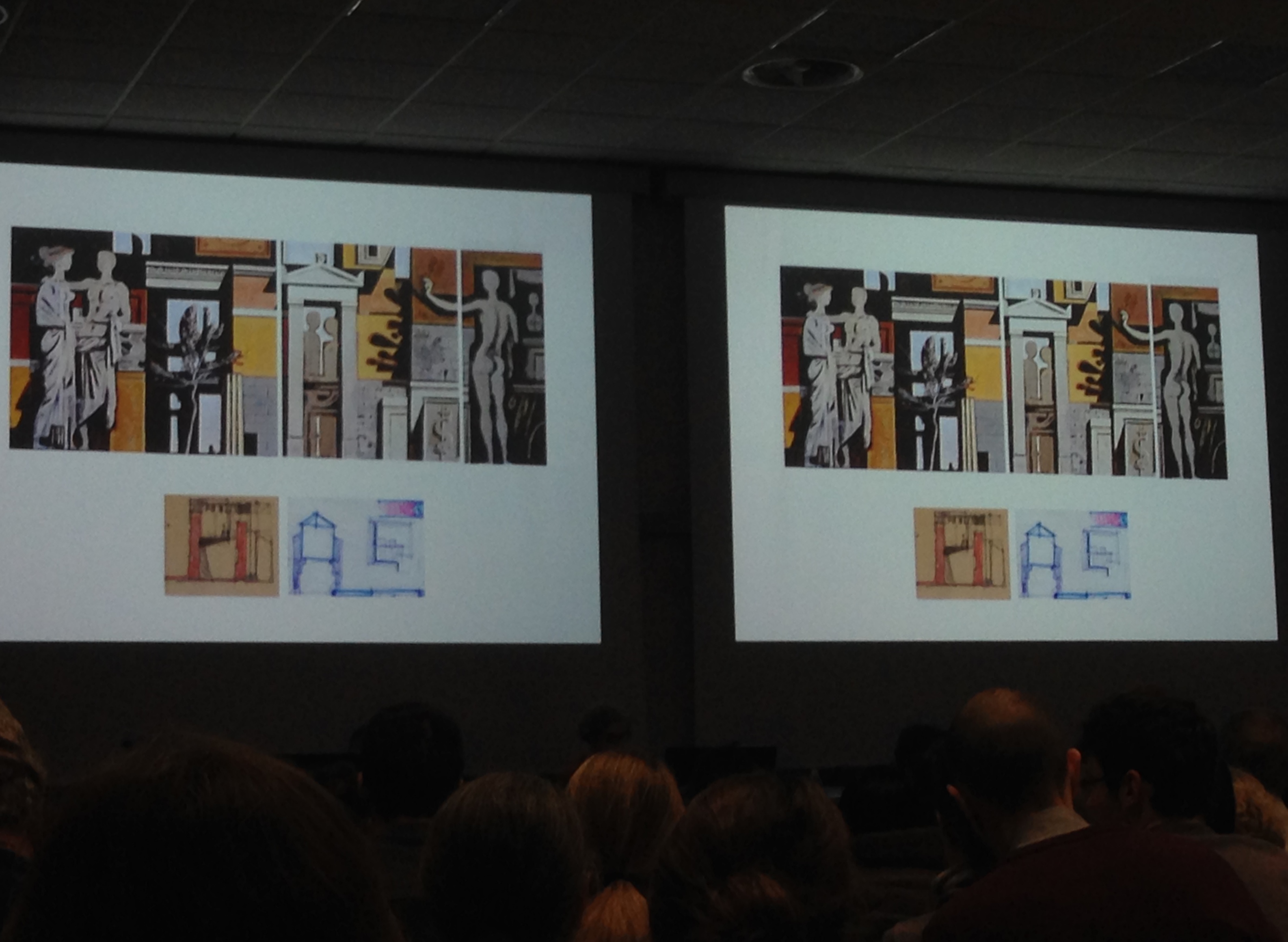
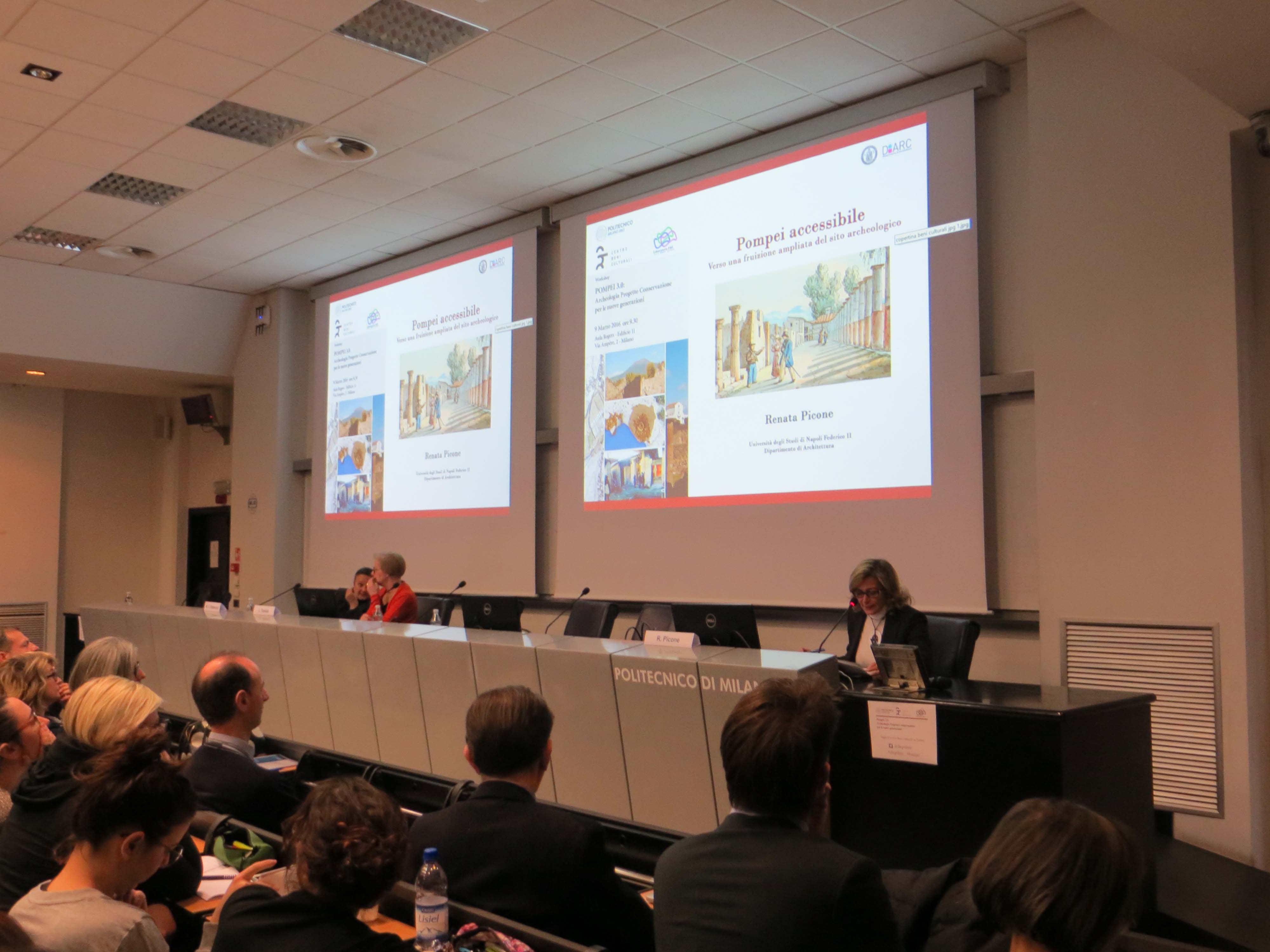
The second life of Pompei is a kind of resurrection.
From its fortuitous discovery in 1709 until now, there have been progressive advancements of the excavations and hypothesis, theories and urban studies have followed one another. Methods of intervention on the ancient and methods of investigation and excavations have changed, as well as plans and projects.
Conversely, the surrounding landscape has changed (and degenerated) often without any coordination: the railways, the highways, the new shrine city, the outer excavations, the Sarno deviation and, most of all, the urbanization without any planning.
The latest urban developments and the end of "Great Project Pompei" could be an opportunity to reflect on the future of archaeological sites in Pompei.
The workshop is proposed by Cultural Heritage Center, Soprintendenza alle Belle Arti e Paesaggio for Milano, Bergamo,Como, Lecco,Lodi,Monza-Brianza, Pavia, Sondrio and Varese, Federico II University of Naples and Civic Archaelogical Museum of Milan. The aim is to discuss new possible research topics that could conciliate the cultural heritage valorisation with contemporary life's needs, and the territorial requirements with the ones from the archaeological site. New directions and architectural interventions can actively collaborate in finding innovative prospects for the archaeological sites in Pompei and for its surrounding territory, retrieving a memory with a local value as well as an universal one.
Click on the picture on the left to watch the photo gallery
More photos available on Twitter account @cbcpolimi
Leonardo in Sala delle Asse at Sforza Castle :communication about the ongoing restoration
Seminary, 19 February 2016, Politecnico di Milano, Aula S.0.2 - Edificio 3| Organized by | Centro Beni Culturali - Politecnico di Milano | |
| Website | http://www.saladelleassecastello.it/ |



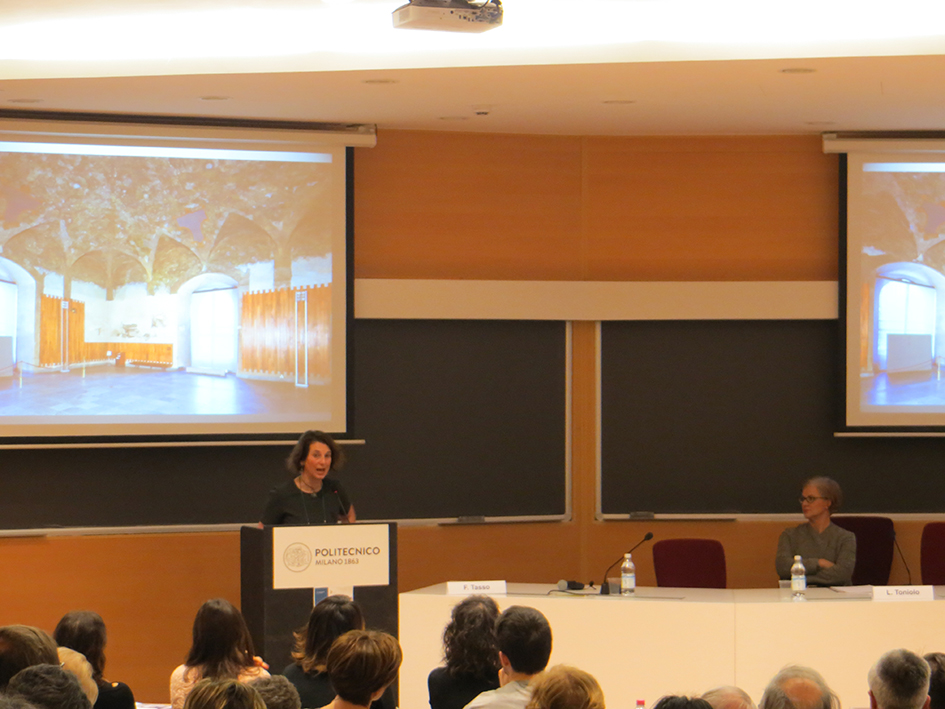
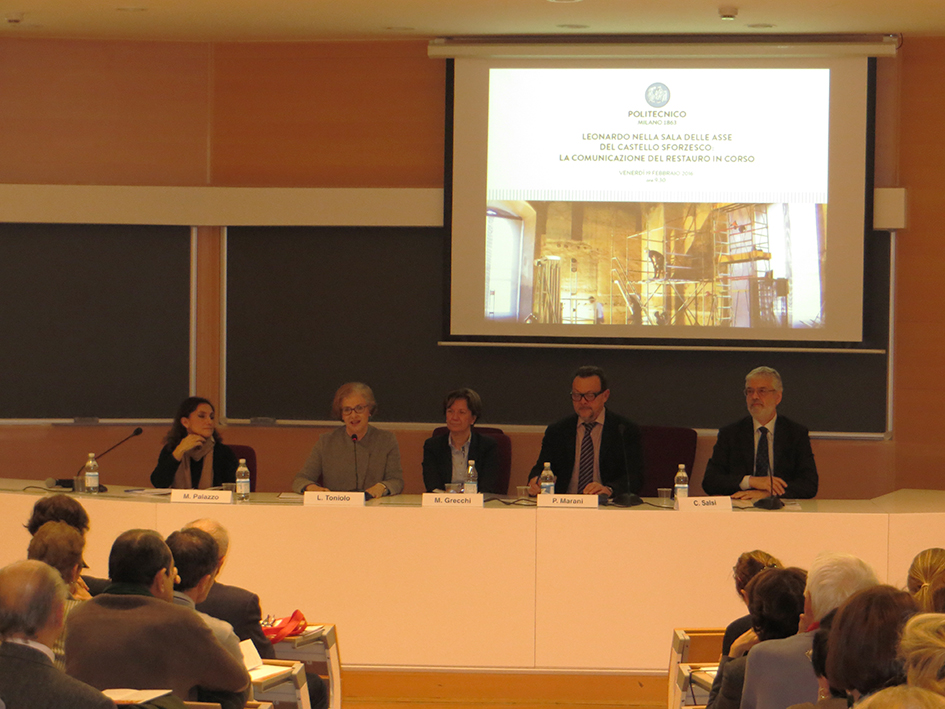
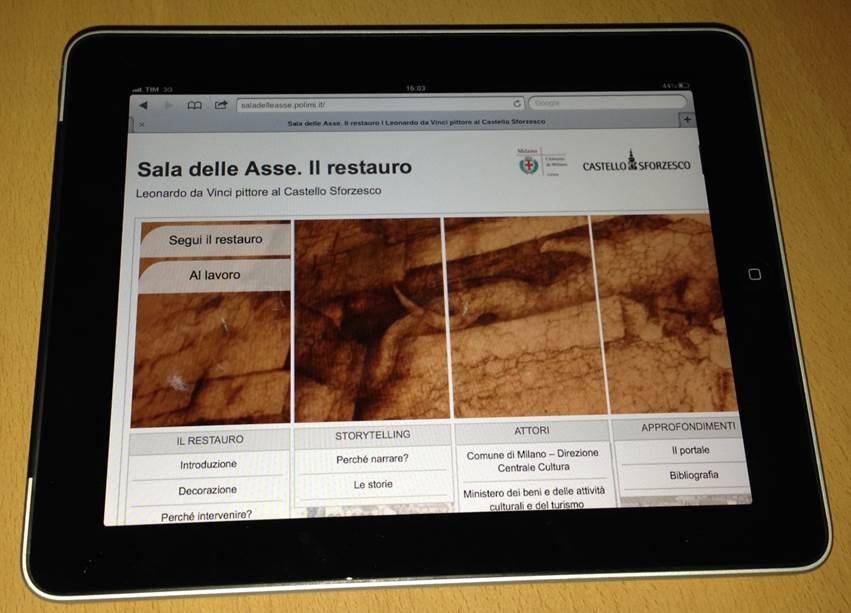
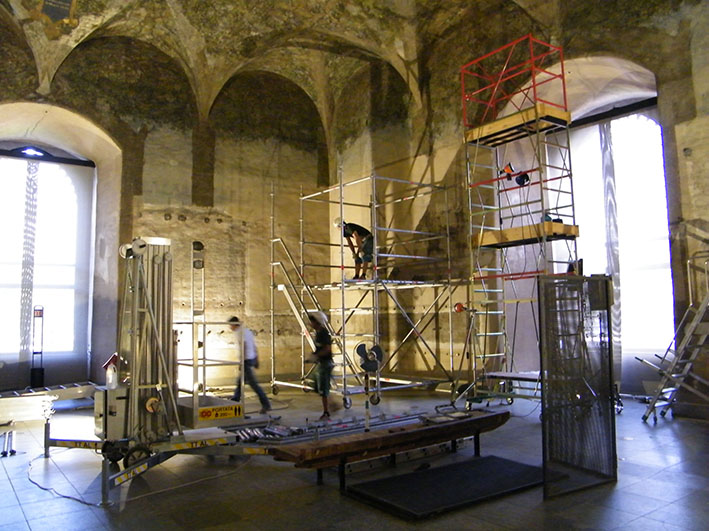
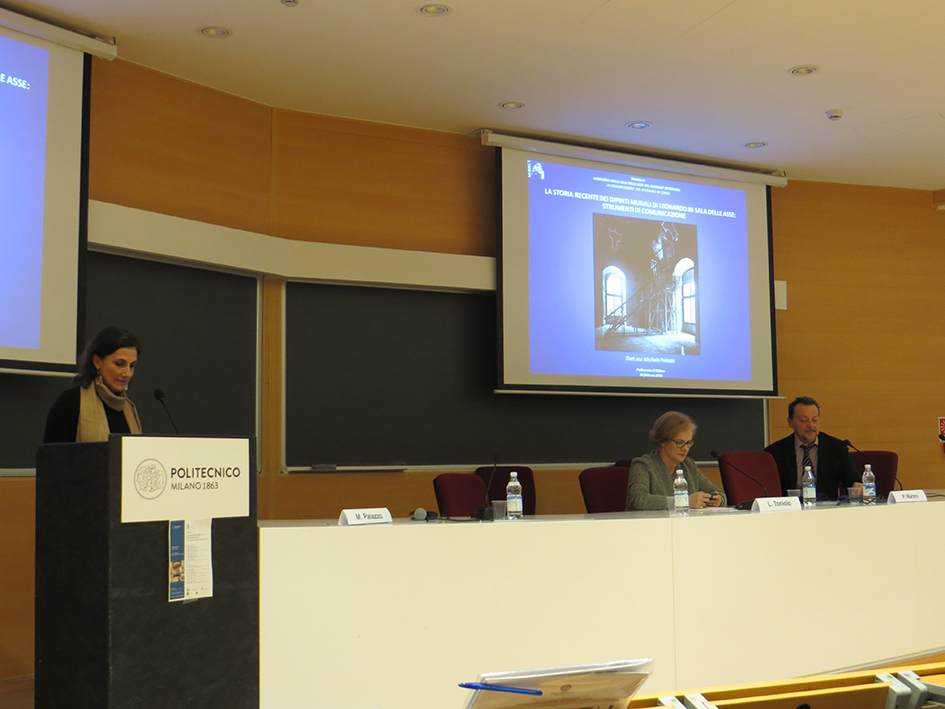
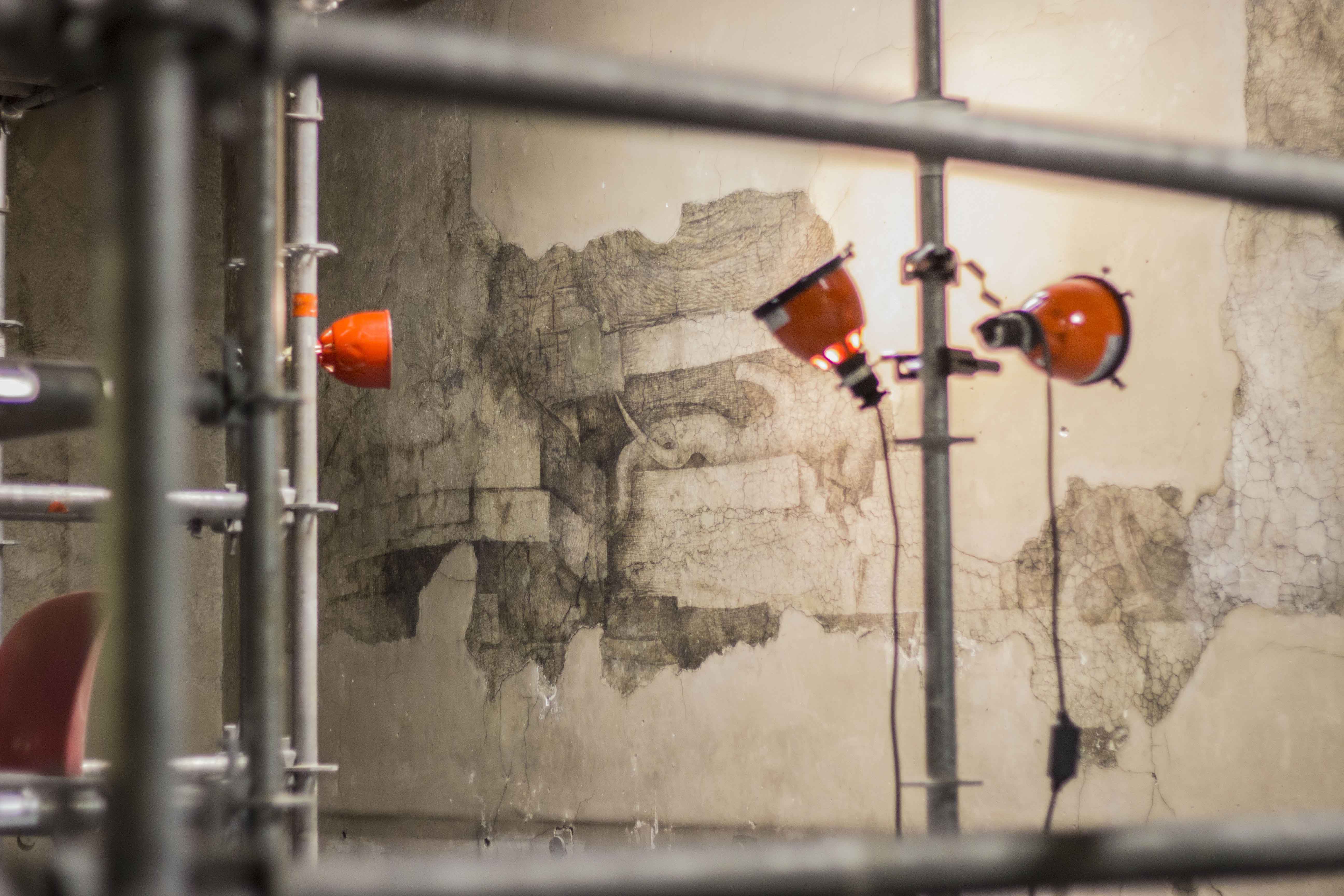
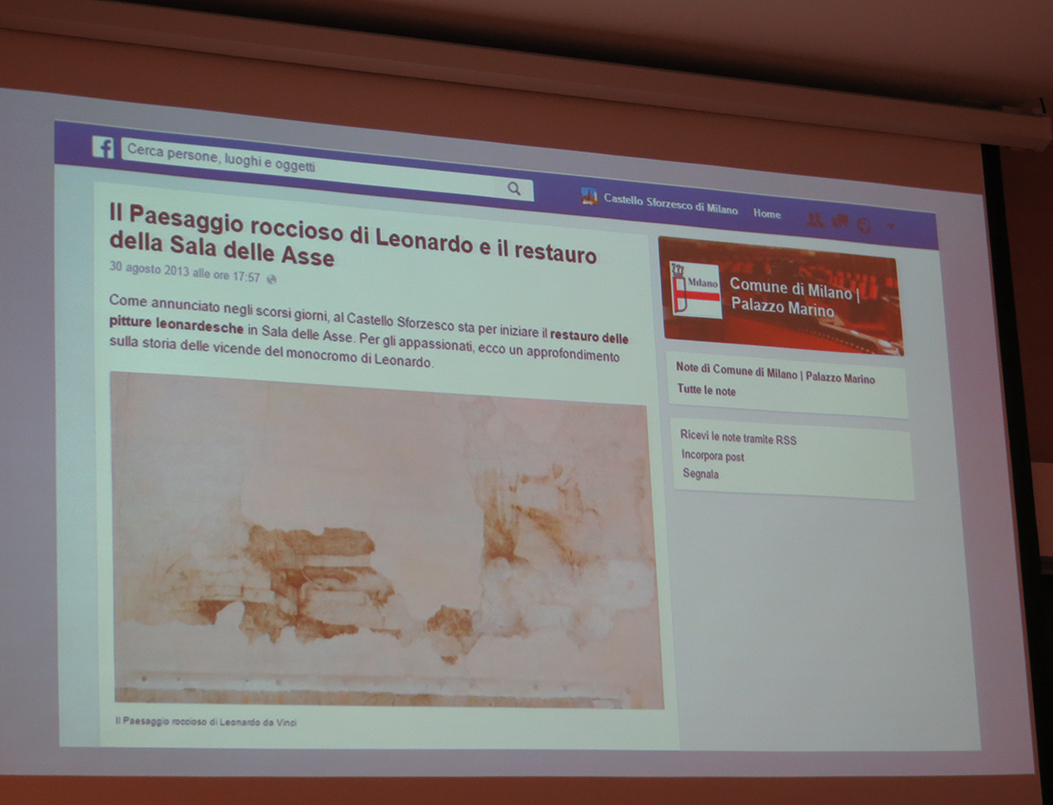
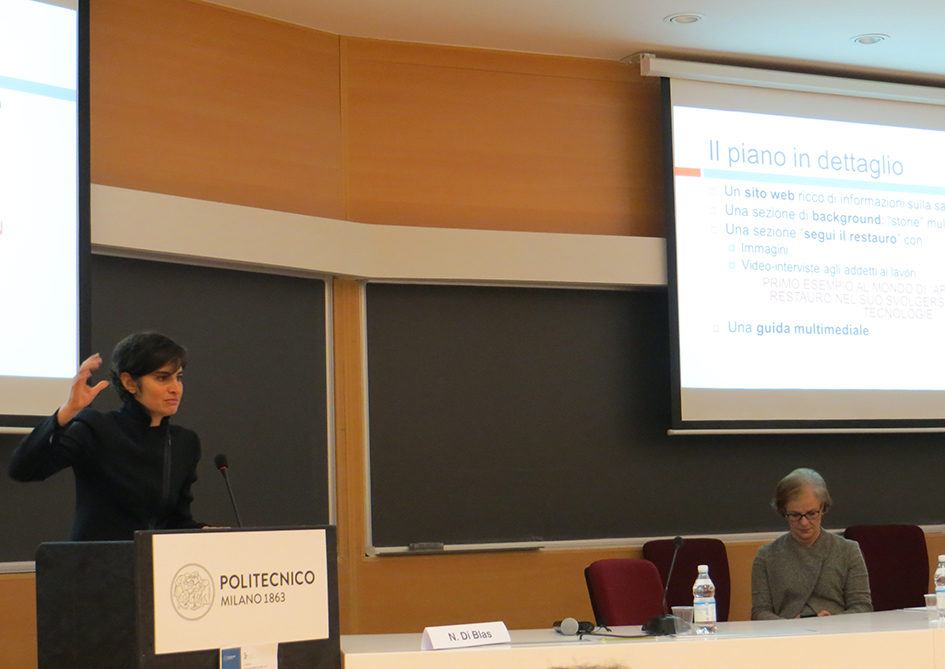
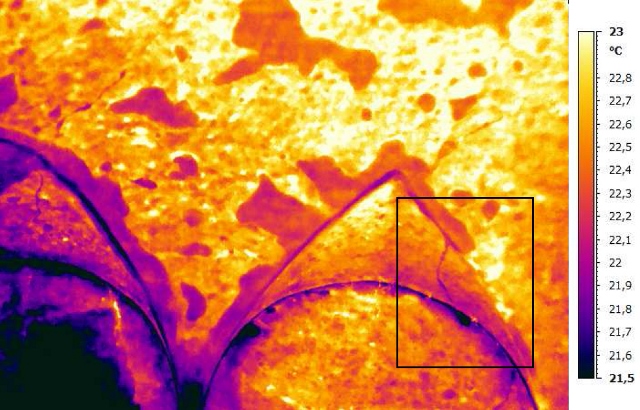
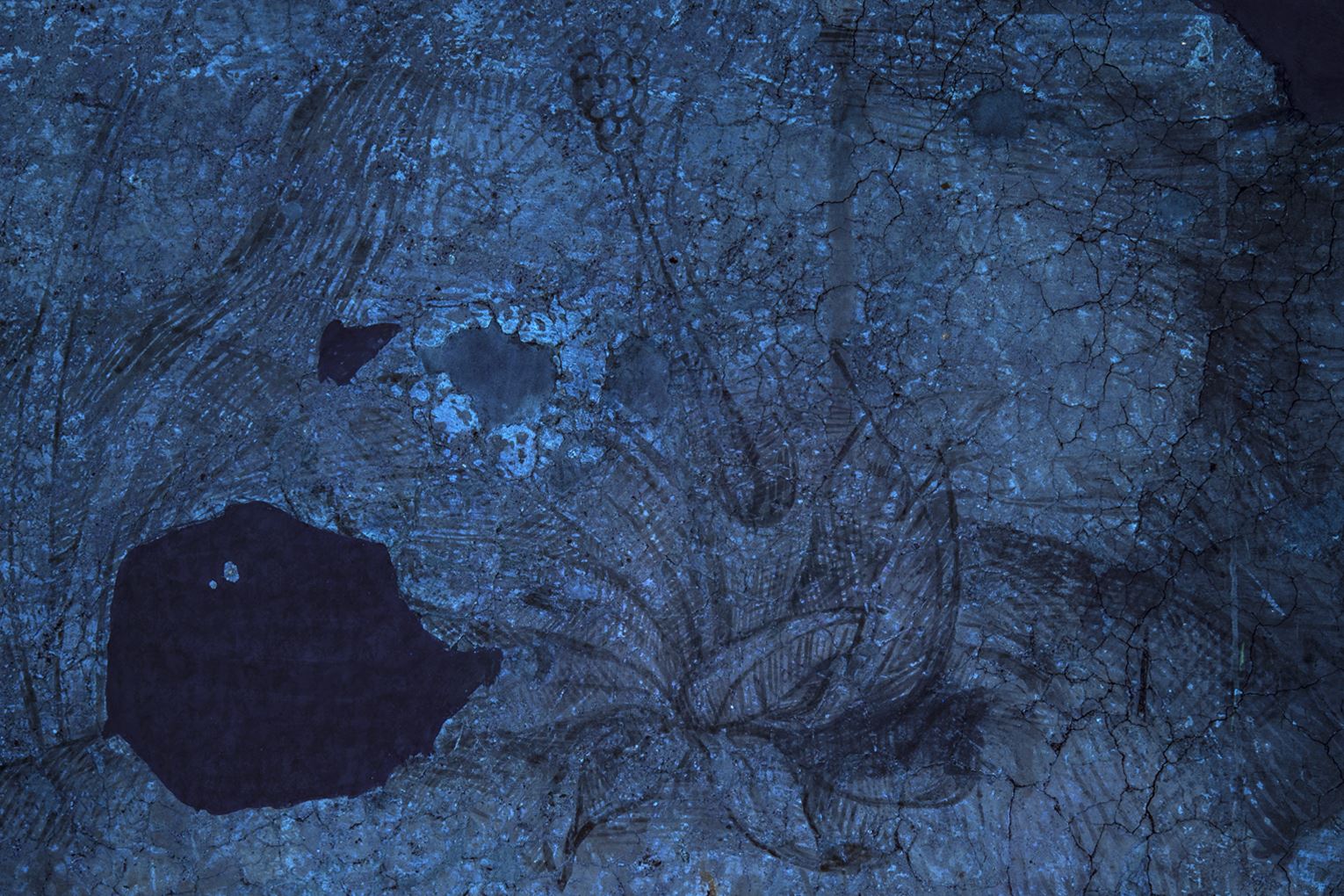
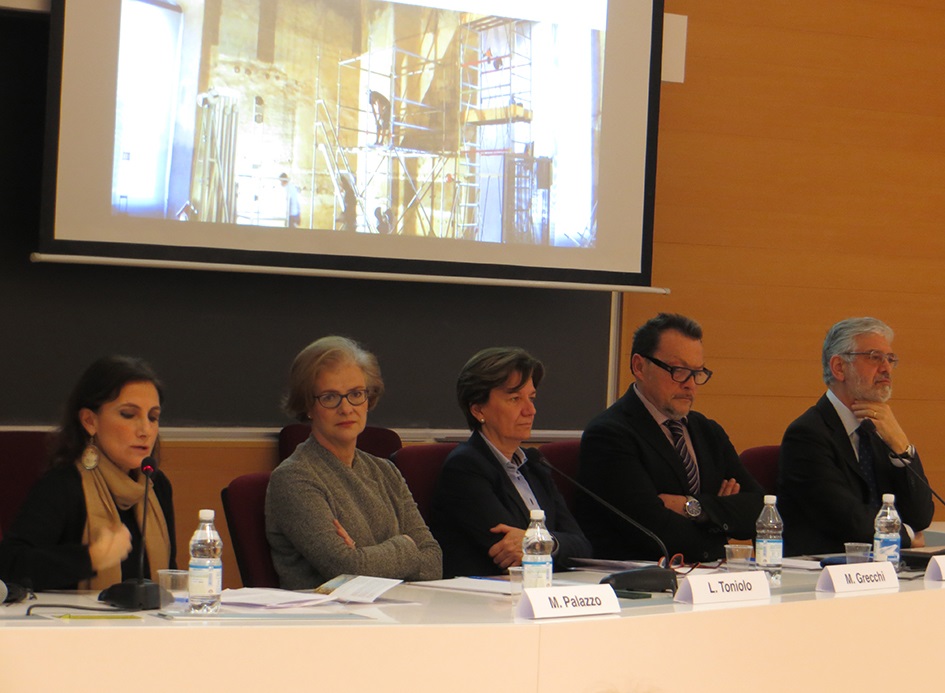
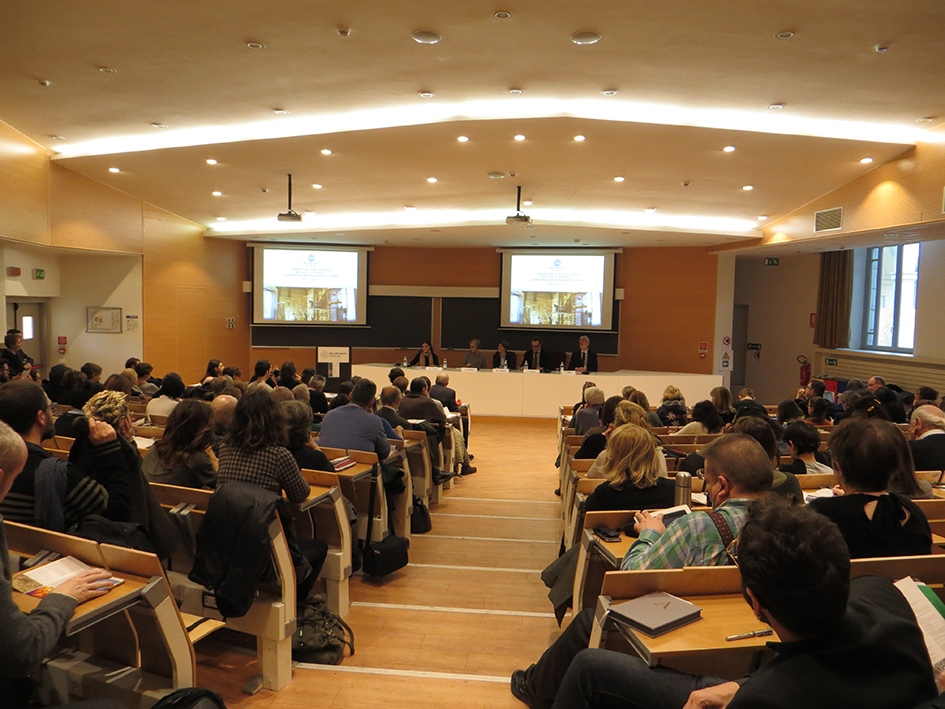

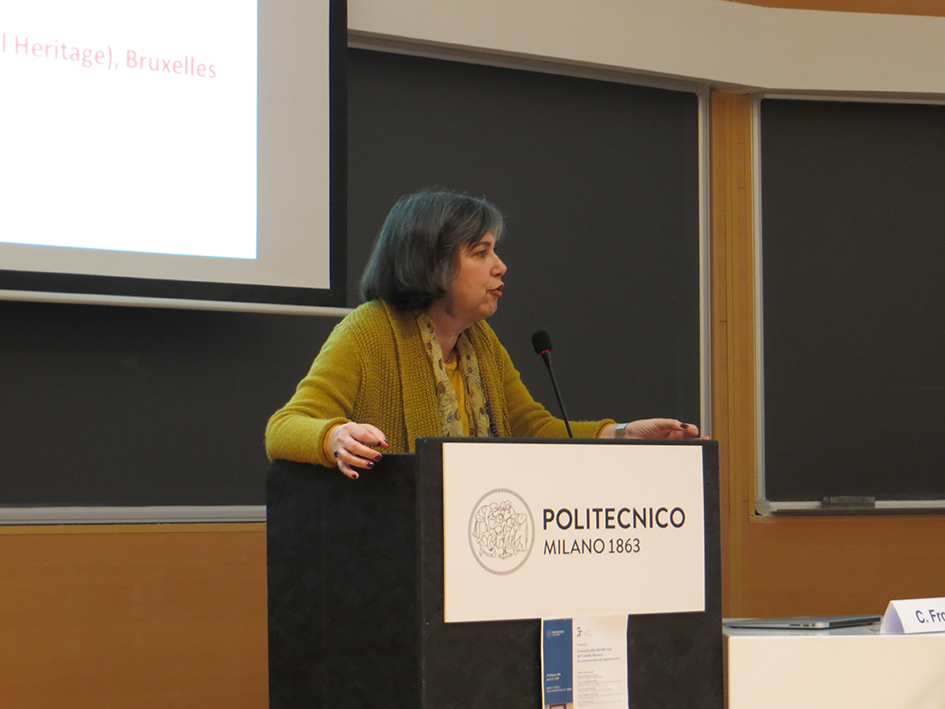
At the behest of Ludovico il Moroin 1498 the decoration that adorns the Sala delle Asse at Sforza Castle in Milan was assigned to Leonardo da Vinci: the visitor has the impression of entering a wood with tree trunks on the walls and branches and fronds interweaving on the vault, together with leaves, flowers, and knotted ribbons.
Hidden underneath whitening layers during centuries, when the Sala was used even as stable, the decorative painting has later been subject of two restorations, one at the end of the XIX century and the other during the XX century. It is now subject of a further decisive restoration, which, thanks to multimedia and network technologies, is open to the fruition of professionals as well as art lovers and tourists, while the works are in progress month by month.
The aim of the workshop is to comment such a complex restoration and communication project, made possible by the use of innovative technologies integrated thanks to the collaboration among Soprintendenza al Castello Sforzesco, Opificio delle Pietre Dure, Segretariato Regionale per la Lombardia del Ministero dei beni e delle attività culturali e del turismo e il Politecnico di Milano and Politecnico di Milano.
Click on the picture on the left to watch the photo gallery
Follow the workshop online and share comments and photos:
#cbcpolimi
#SaladelleAsse
@HocLab
Light and colour: a new way of reading Vincent van Gogh's paintings
Seminary, 18 September 2015, Politecnico di Milano, Aula Rogers| Organized by | Centro Beni Culturali - Politecnico di Milano |


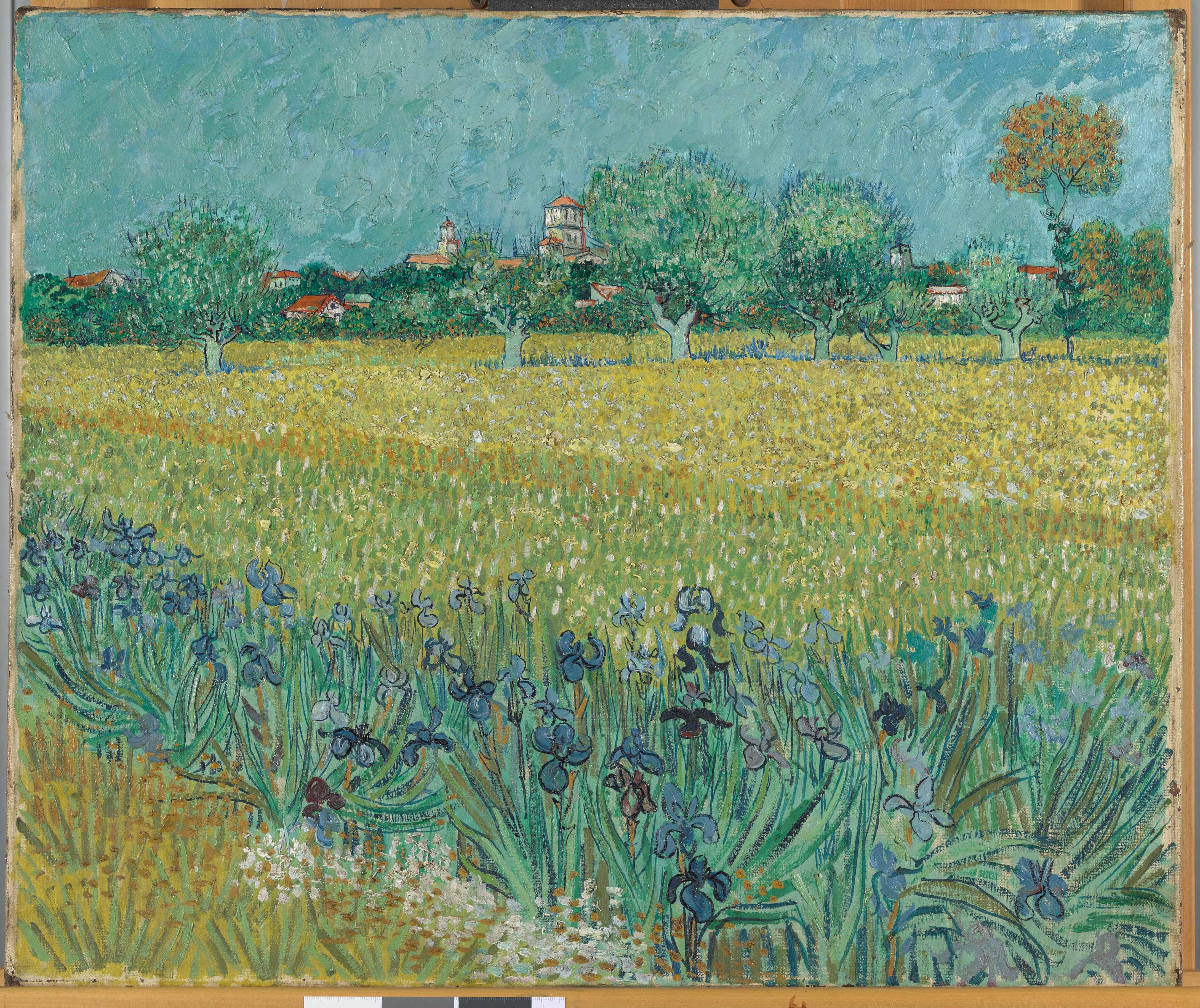
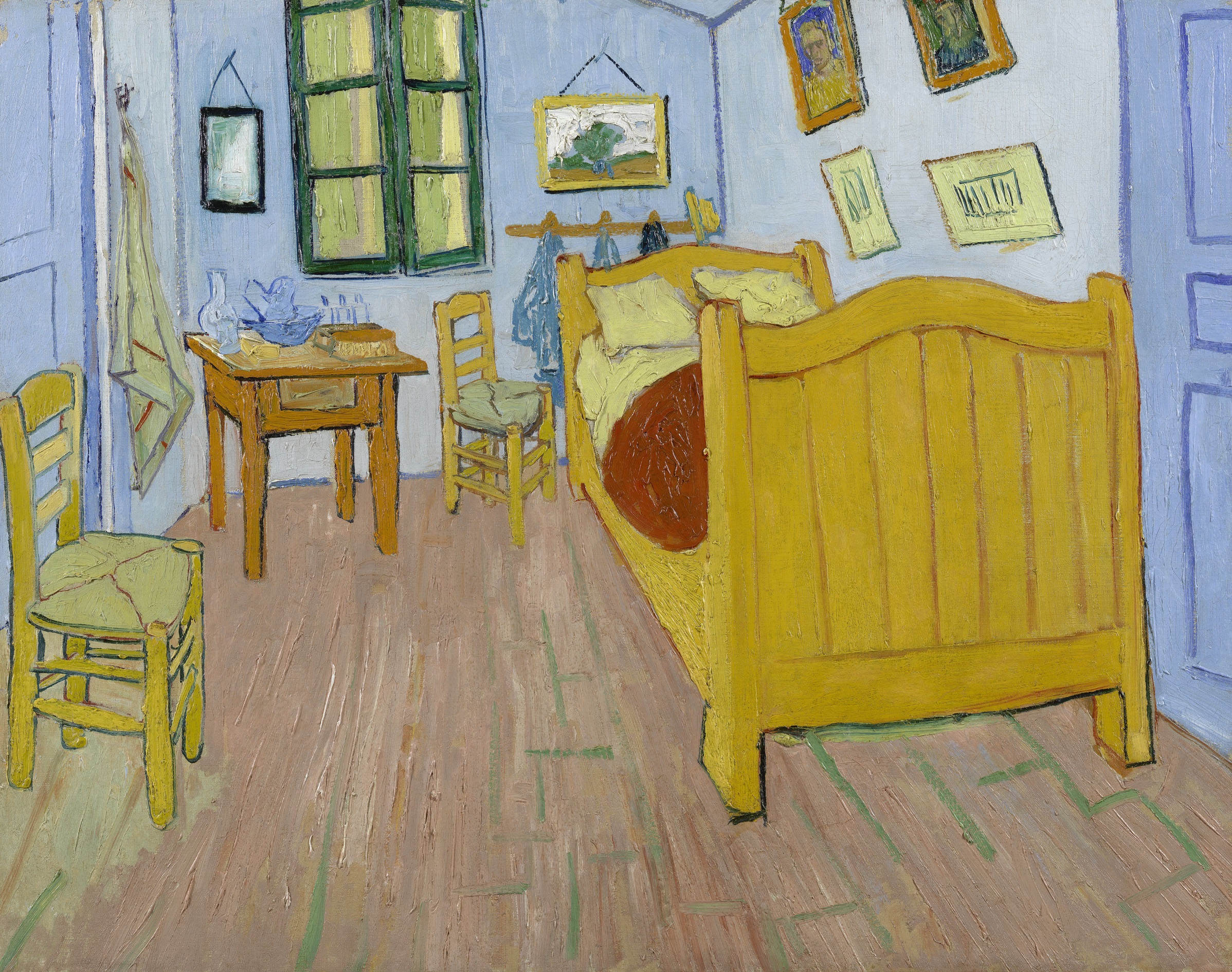
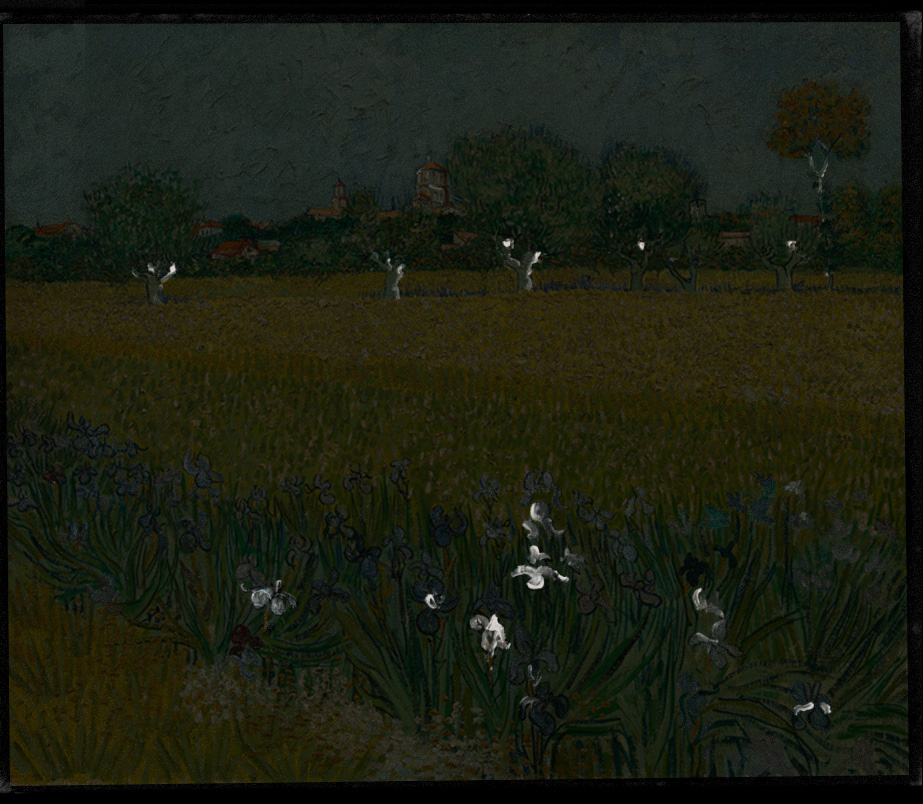
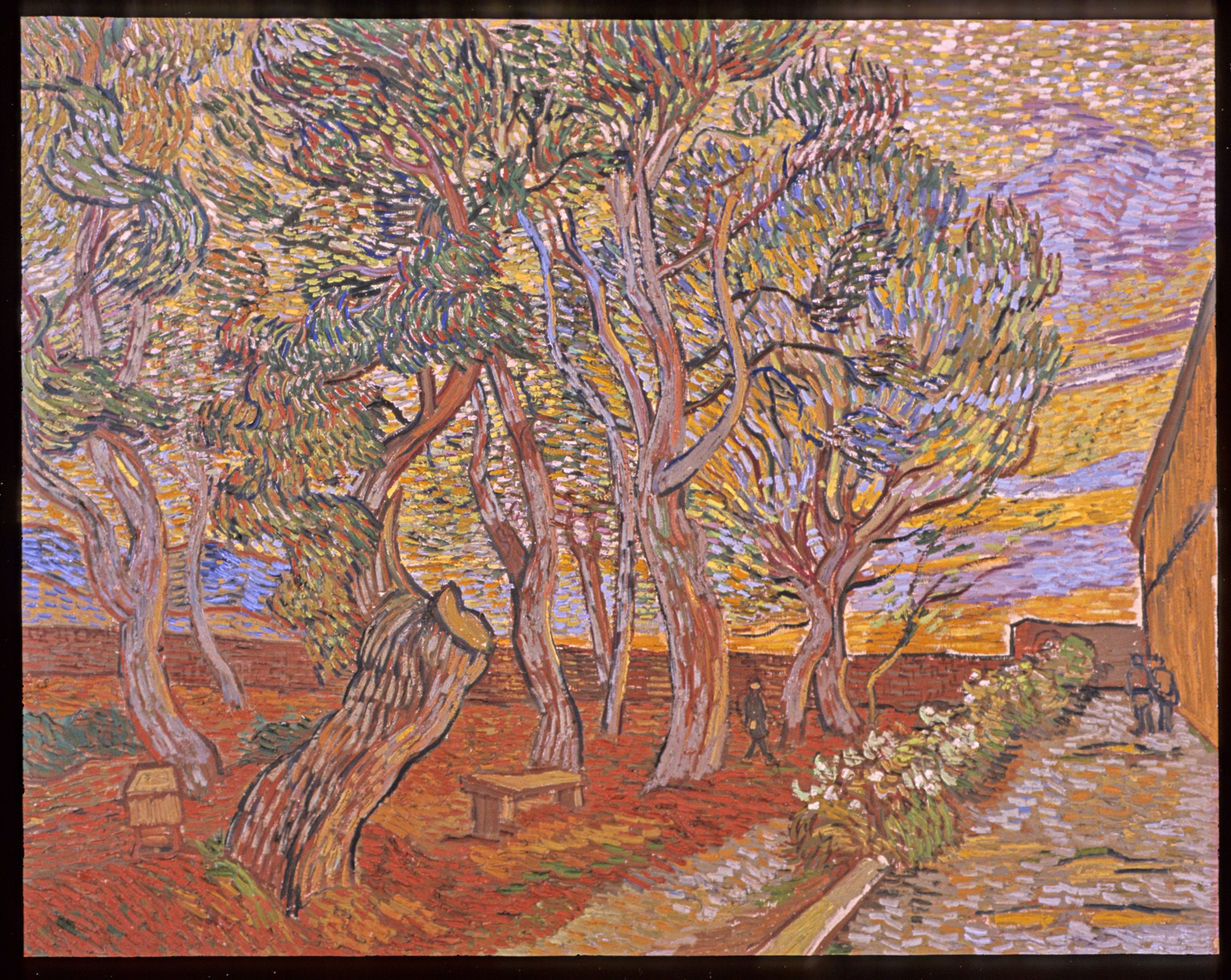
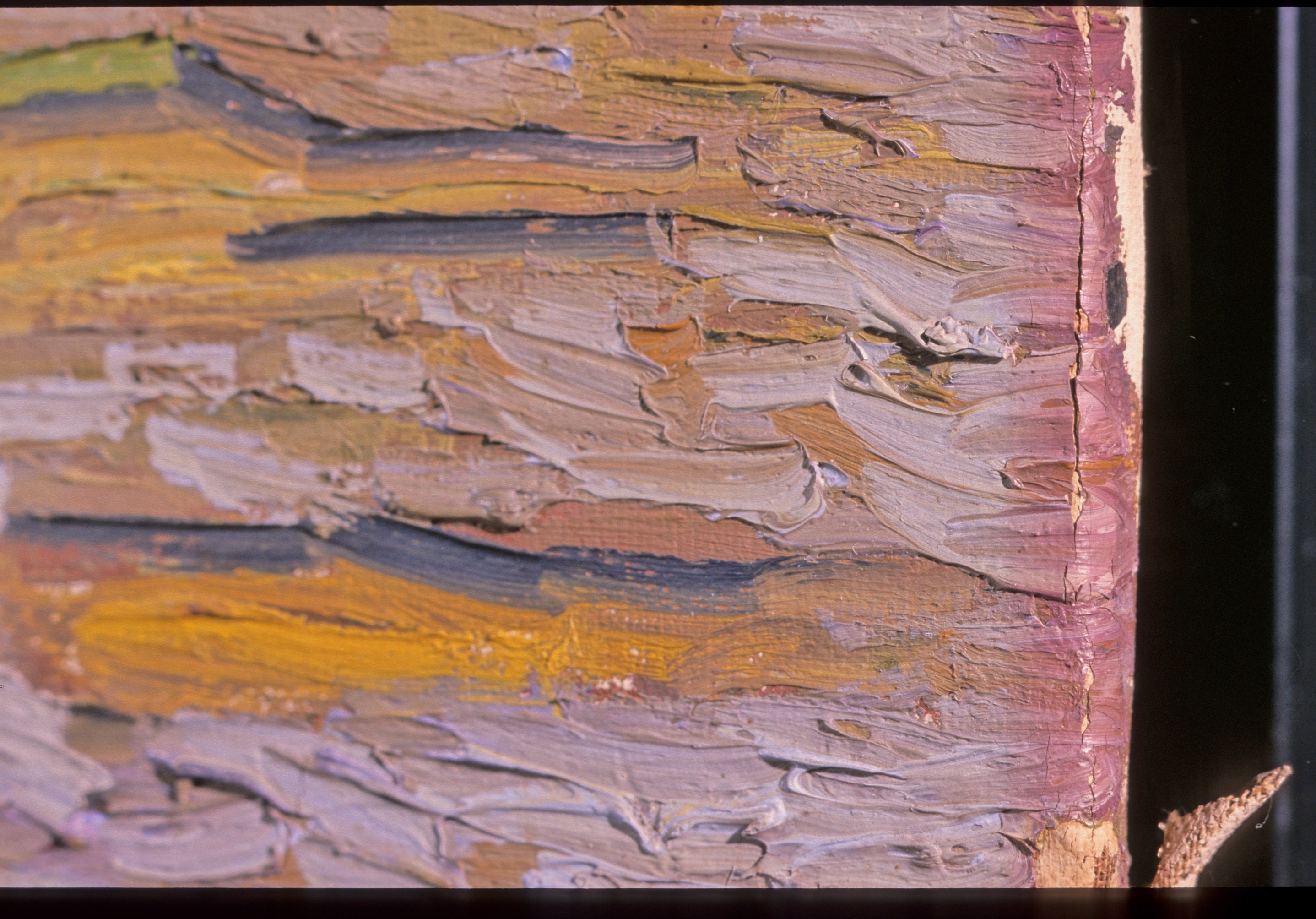
On the occasion of the 125th year since the death of the great artist, the Cultural Heritage Center proposes a workshop about the recent studies on the conservation in Vincent van Gogh's paintings.
The event is organized in collaboration with the Van Gogh Museum Amsterdam, which this year promotes a new outfitting for a complete reinterpretation of the work of this talented and famous artist. Furthermore the film entitled "Van Gogh: a new way of seeing" was released in April, outcome from the collaboration between the experts of the Museum and the Director Phil Grabsky.
The workshop, with the participation of Dr. Ella Hendriks, head of conservation of the Van Gogh Museum, will explore the scientific research projects that recently concerned some of the most important paintings by van Gogh. The introduction to scientific contributions is entrusted to Dr. Maria Fratelli, ex Director of GAM Milano, where is exhibited the van Gogh's watercolour paint entitled "Breton women", 1888, Les Bretonnes dans la prairie verte d'apres a tableaux of Emile Bernard.
The special pigments used by van Gogh, the problems of deterioration of the paint layers, the new non-invasive techniques for diagnosis and monitoring of the paintings, are the main themes of the workshop. The workshop is not only of great scientific interest for museum professionals and scholars of painting, but also is of support for curators and conservators.
LEONARDO DA VINCI: METHODS AND TECHNIQUES FOR BUILDING KNOWLEDGE. FROM DRAWING TO PAINTING AND SCIENCE
International conference, 13-14 May 2015, Politecnico di Milano, Aula Rogers, Via Ampère 2, Milano| Organized by | Politecnico di Milano and Ente Raccolta Vinciana |


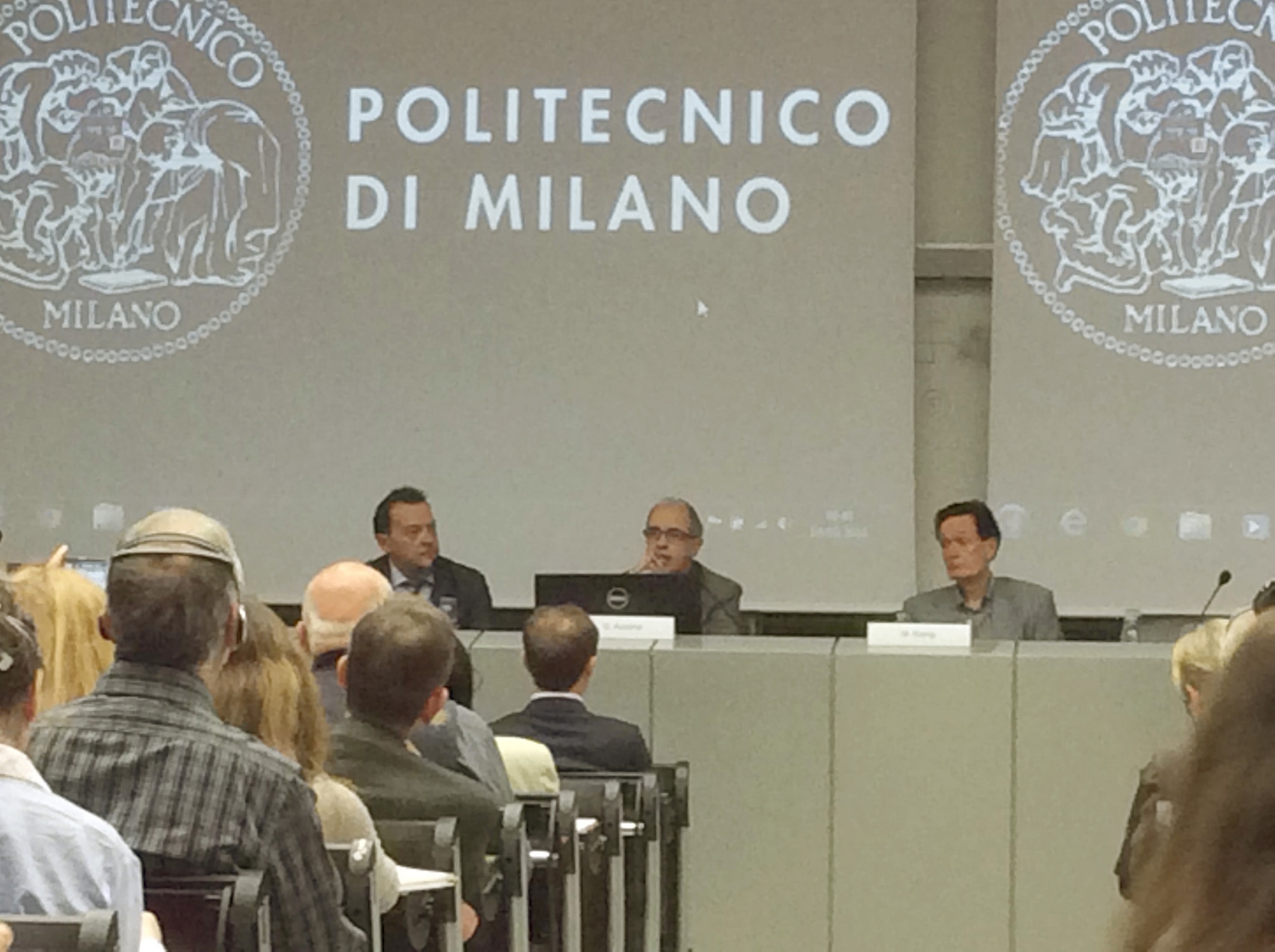
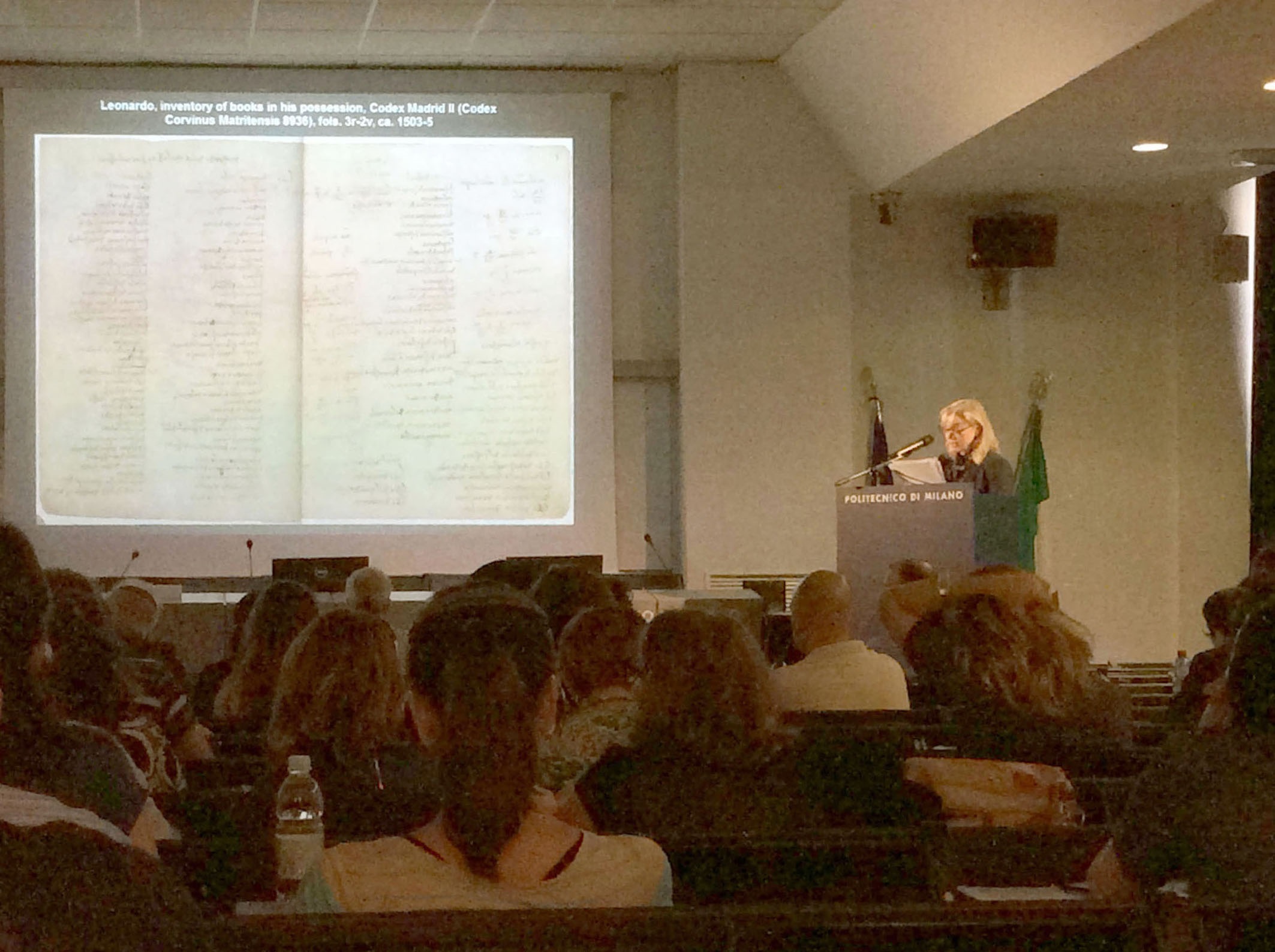
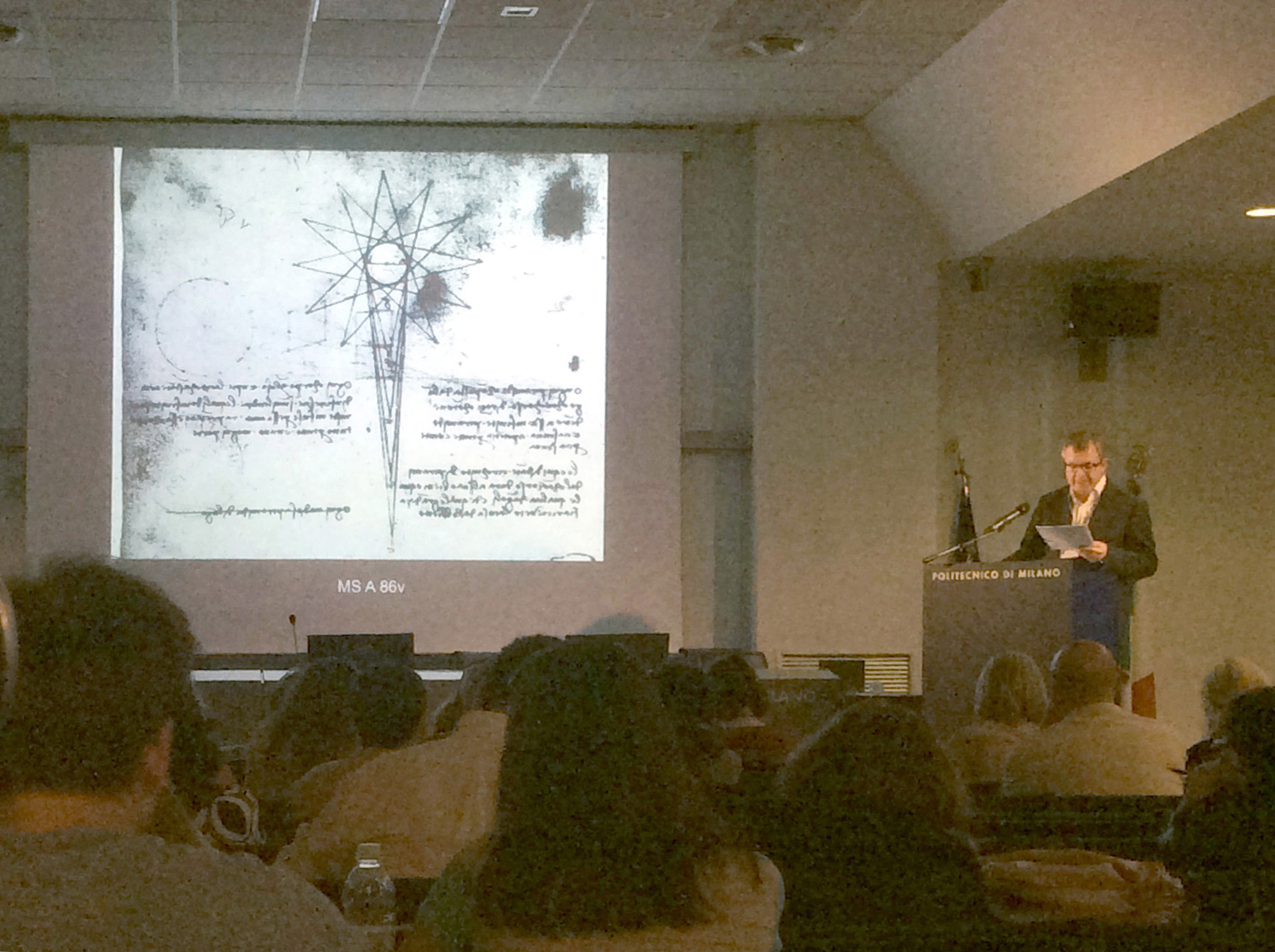
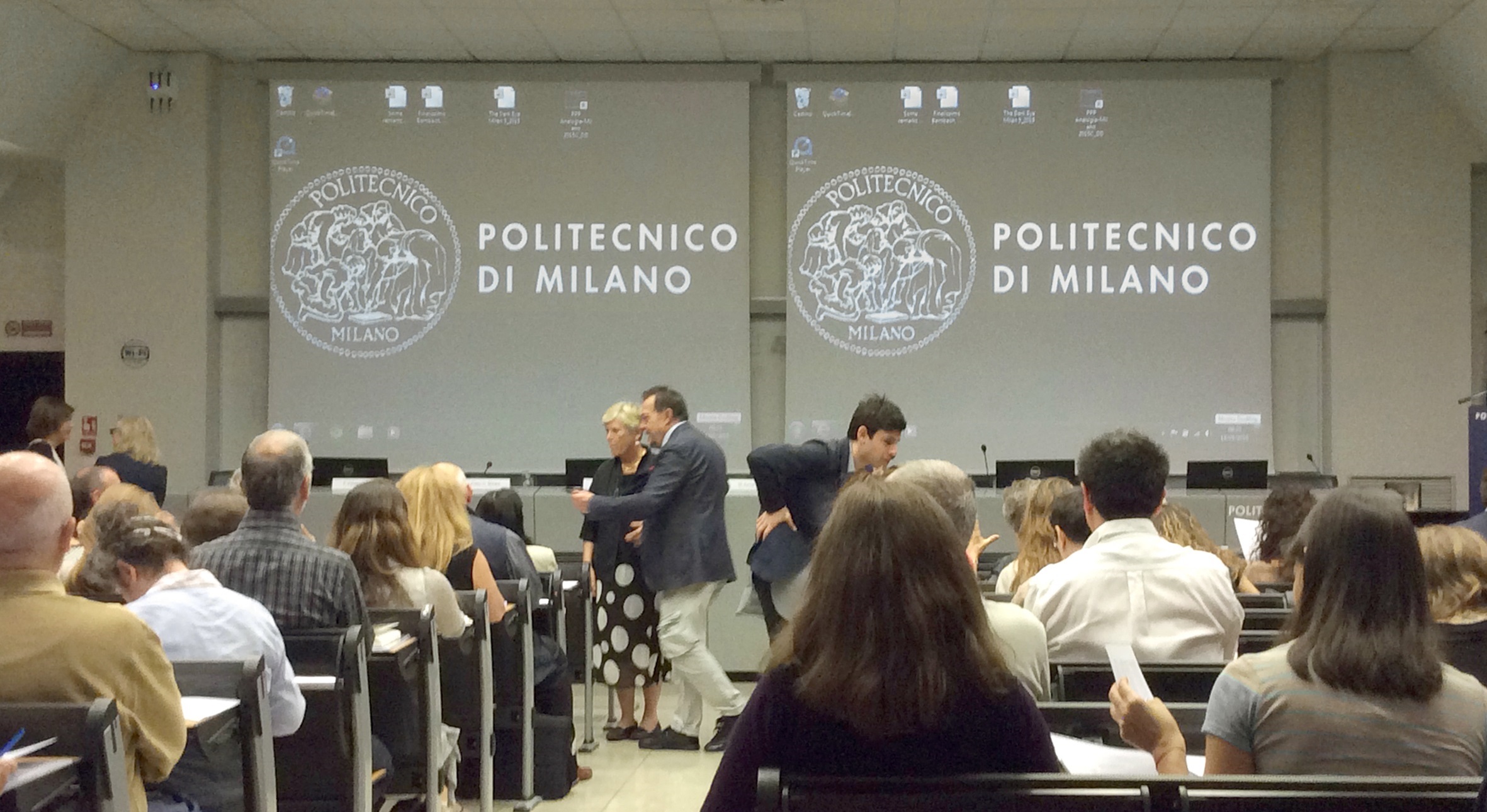
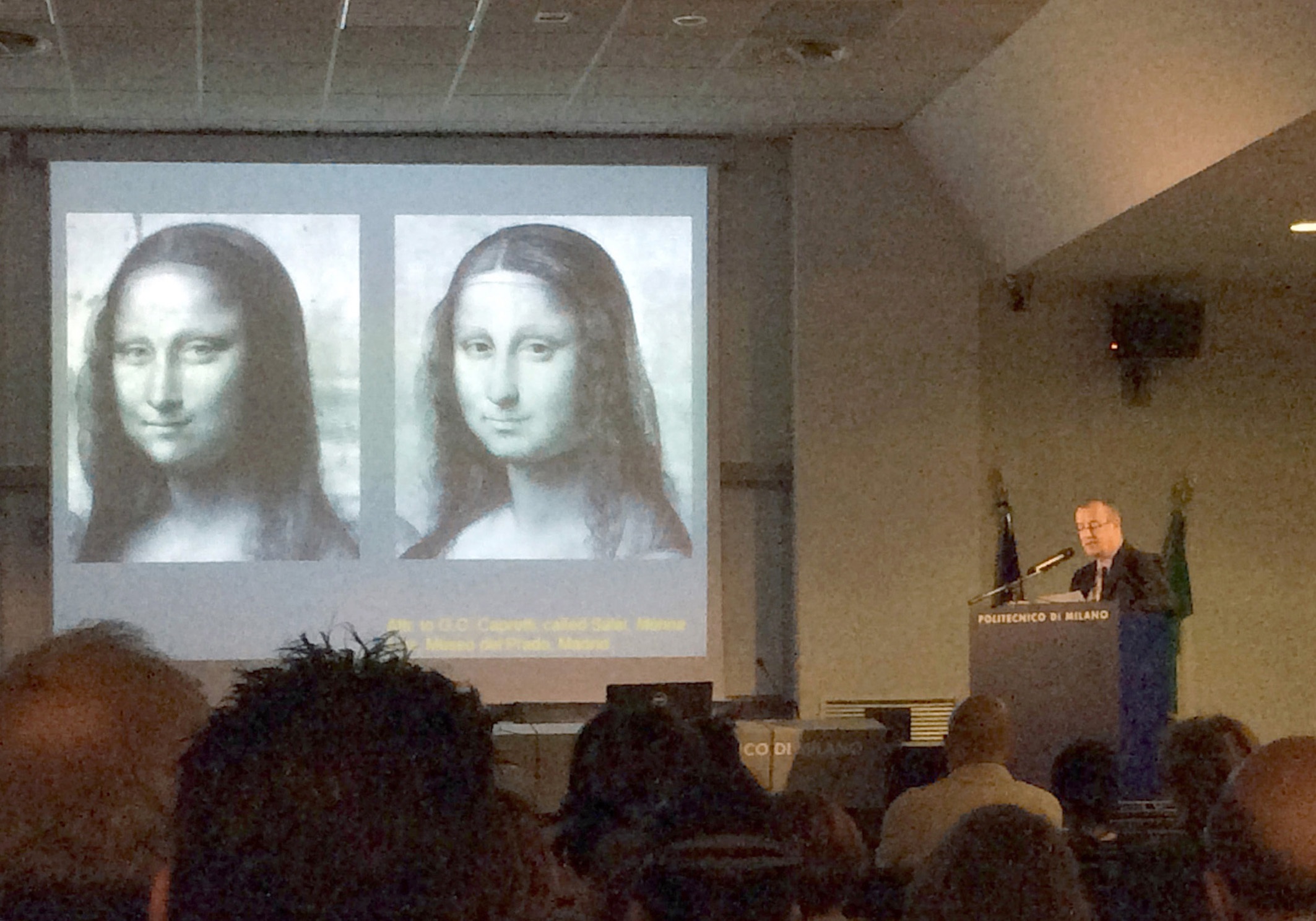
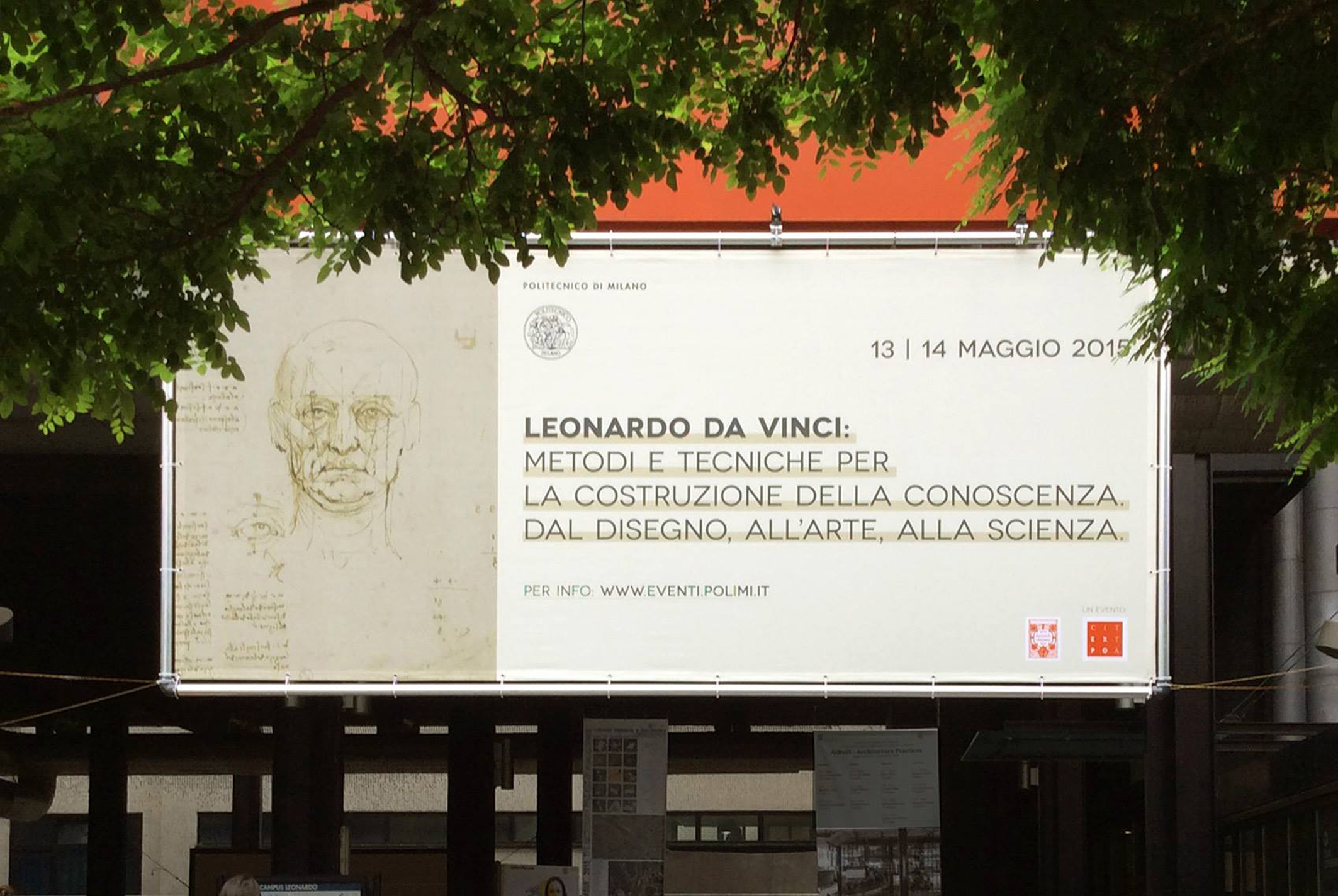
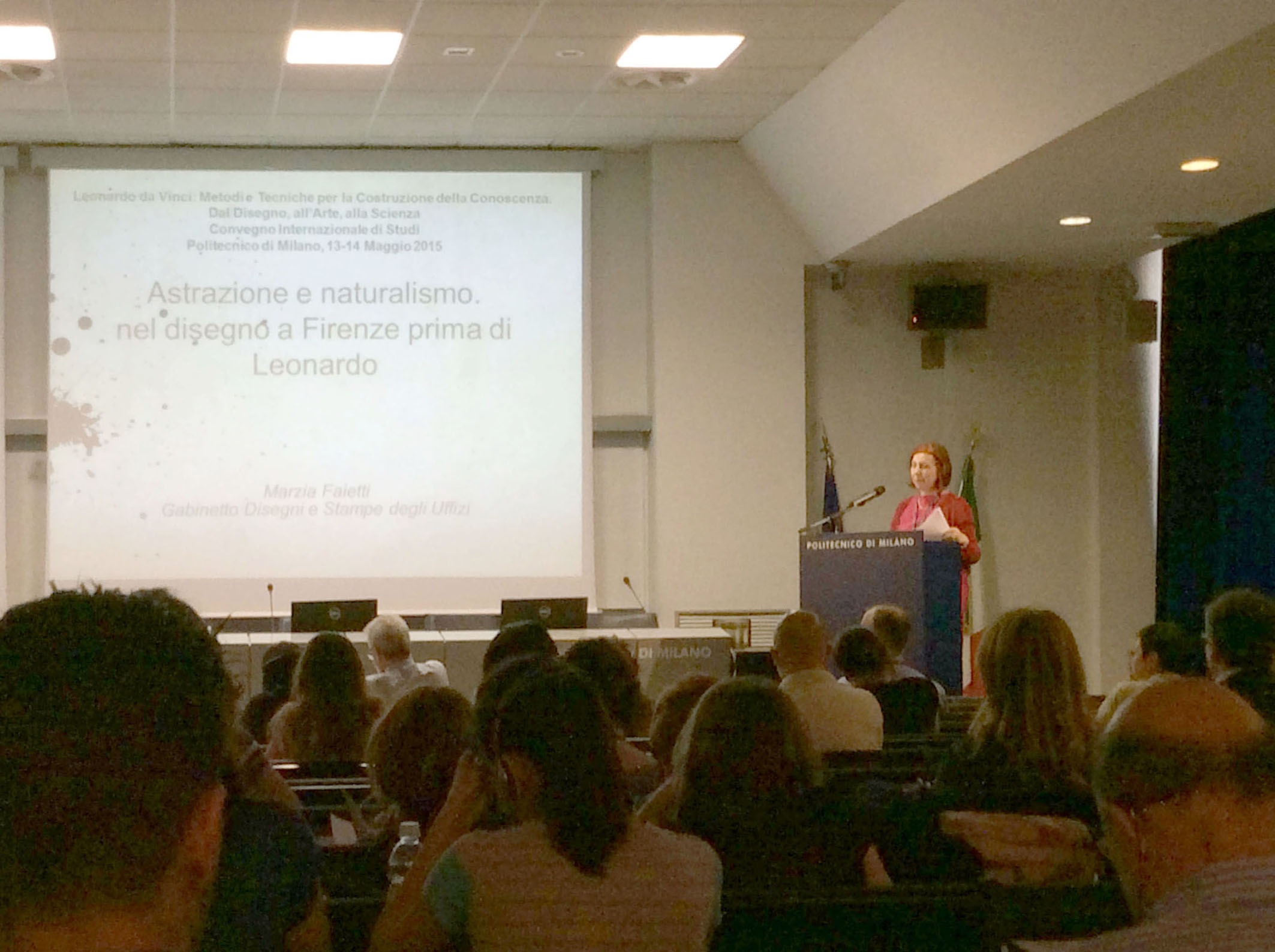
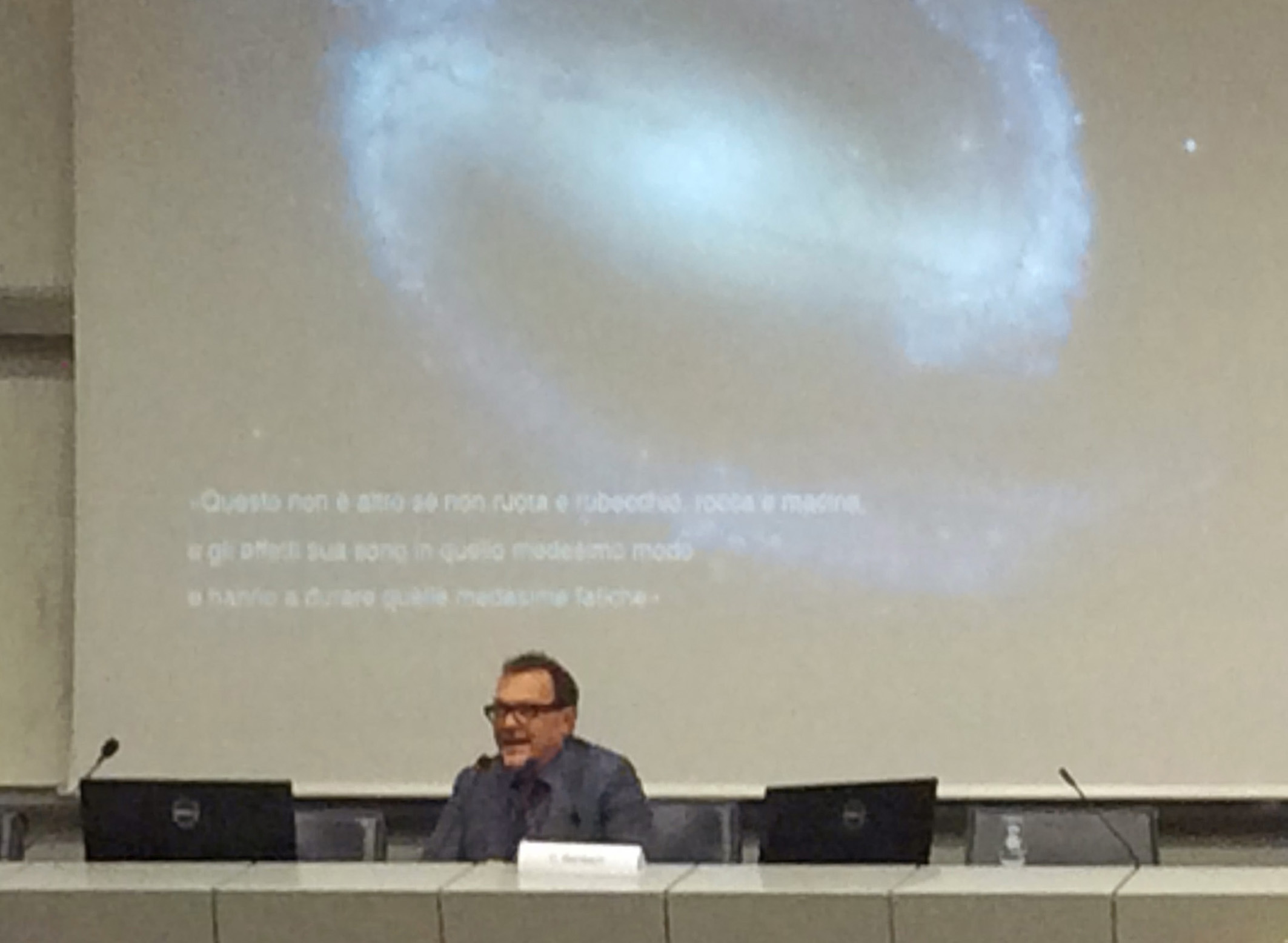
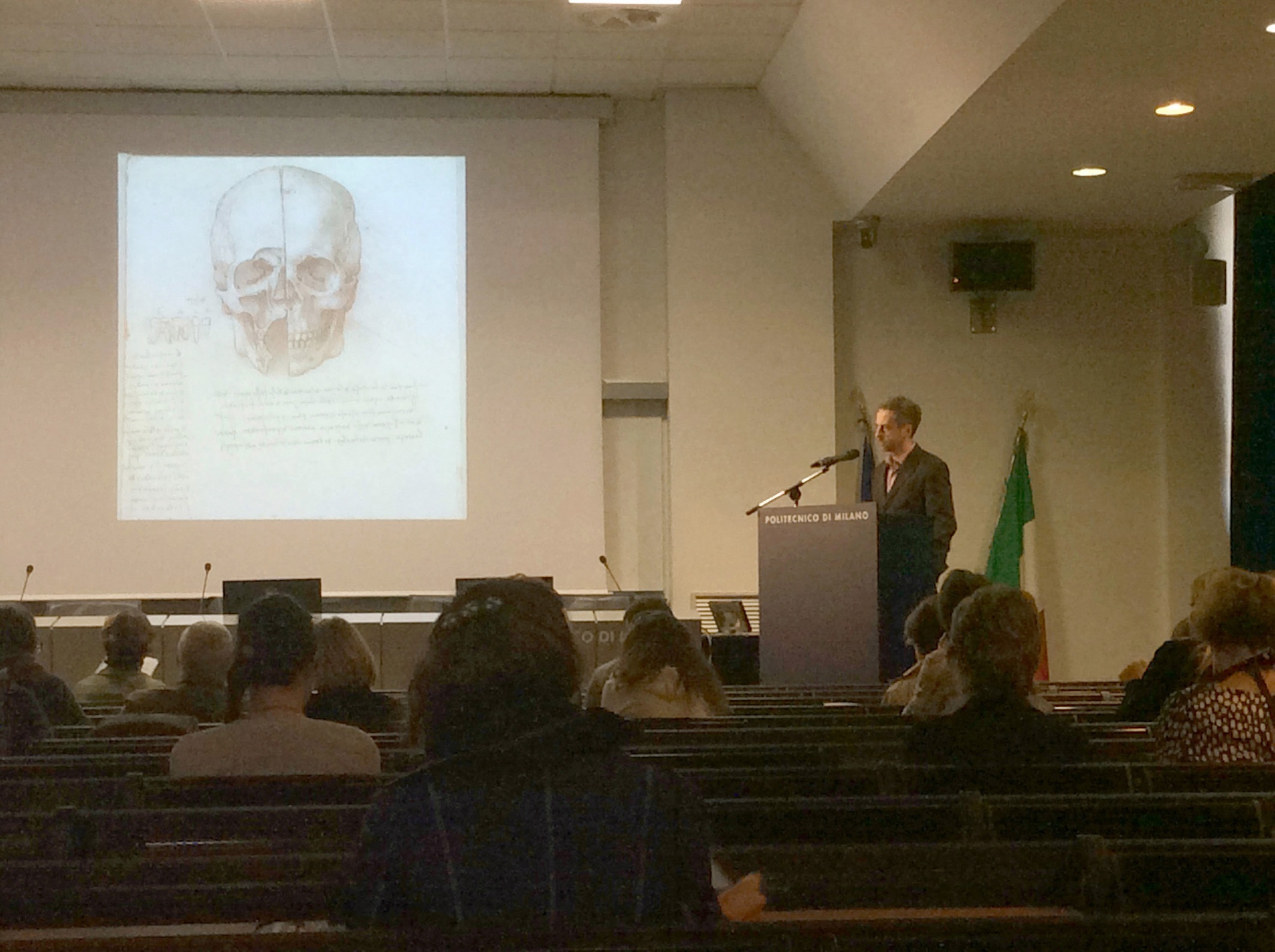
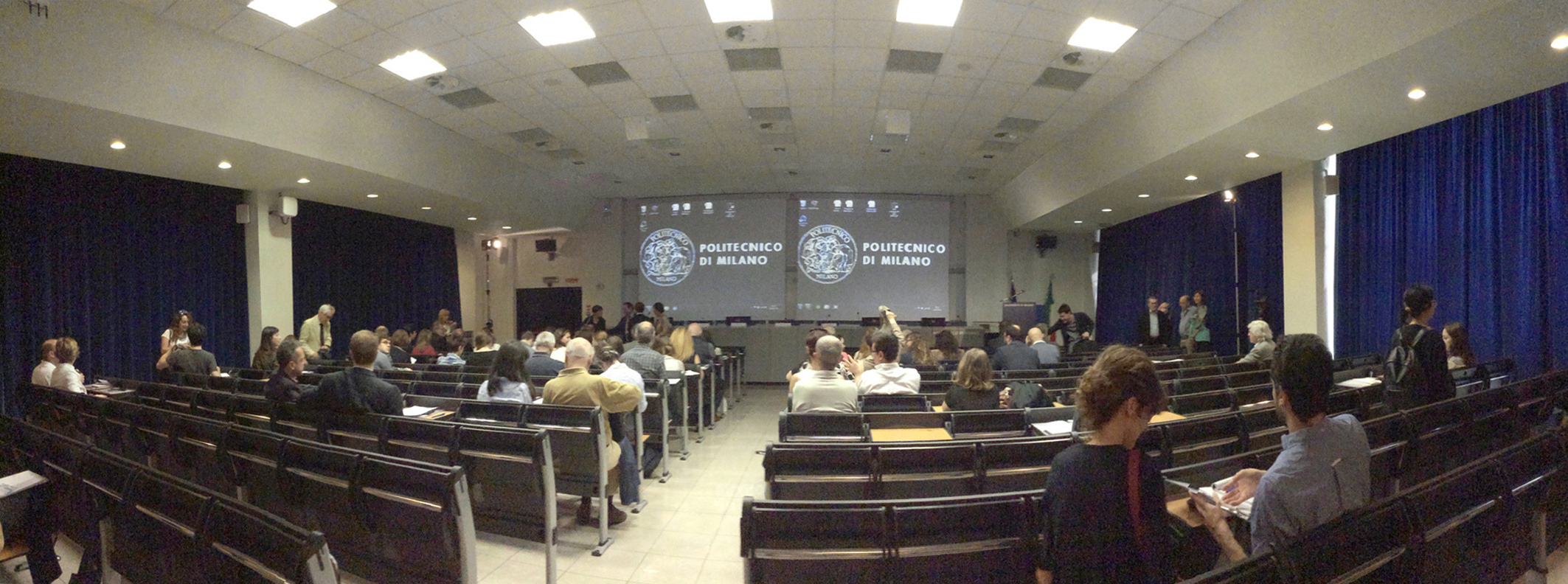
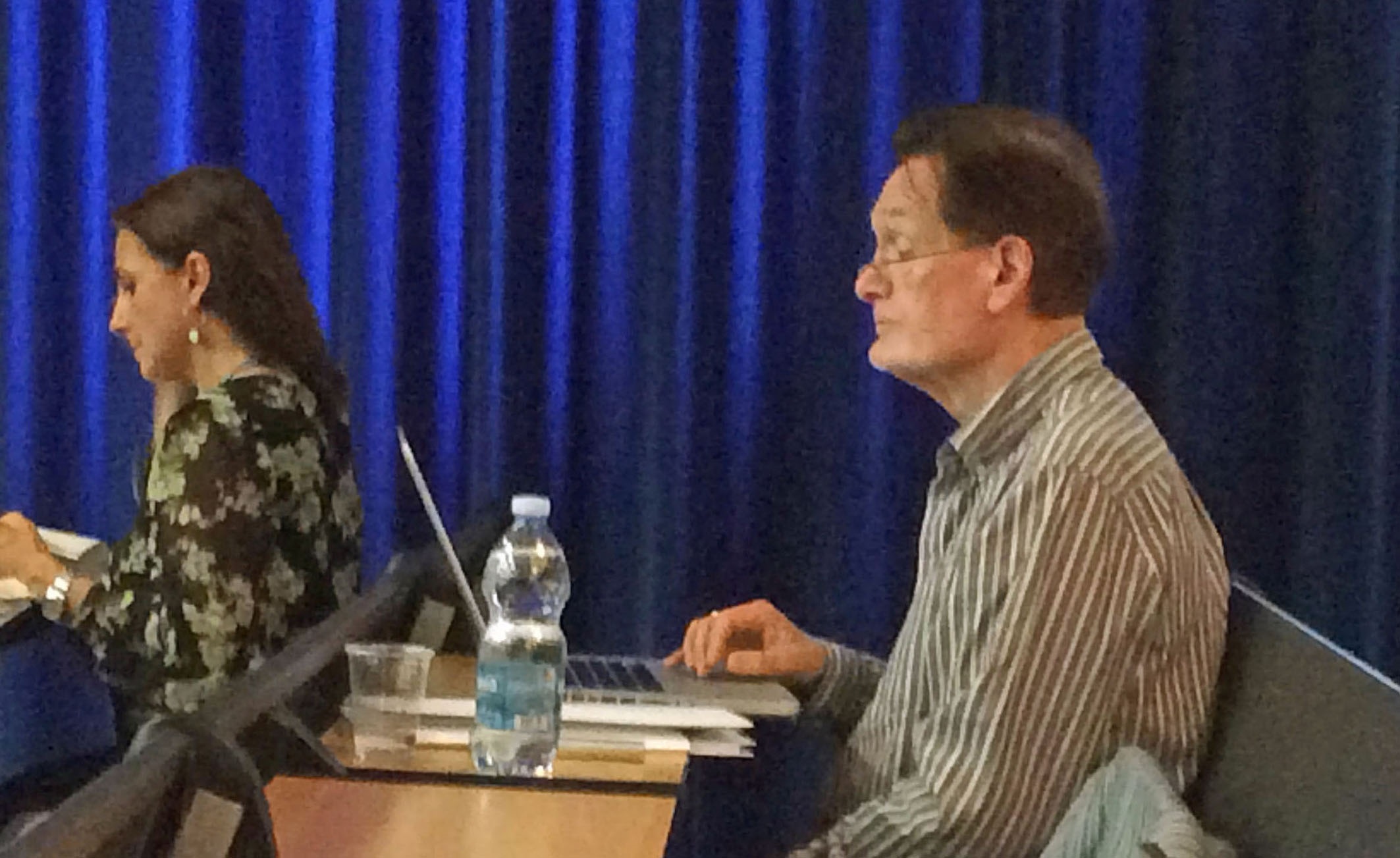
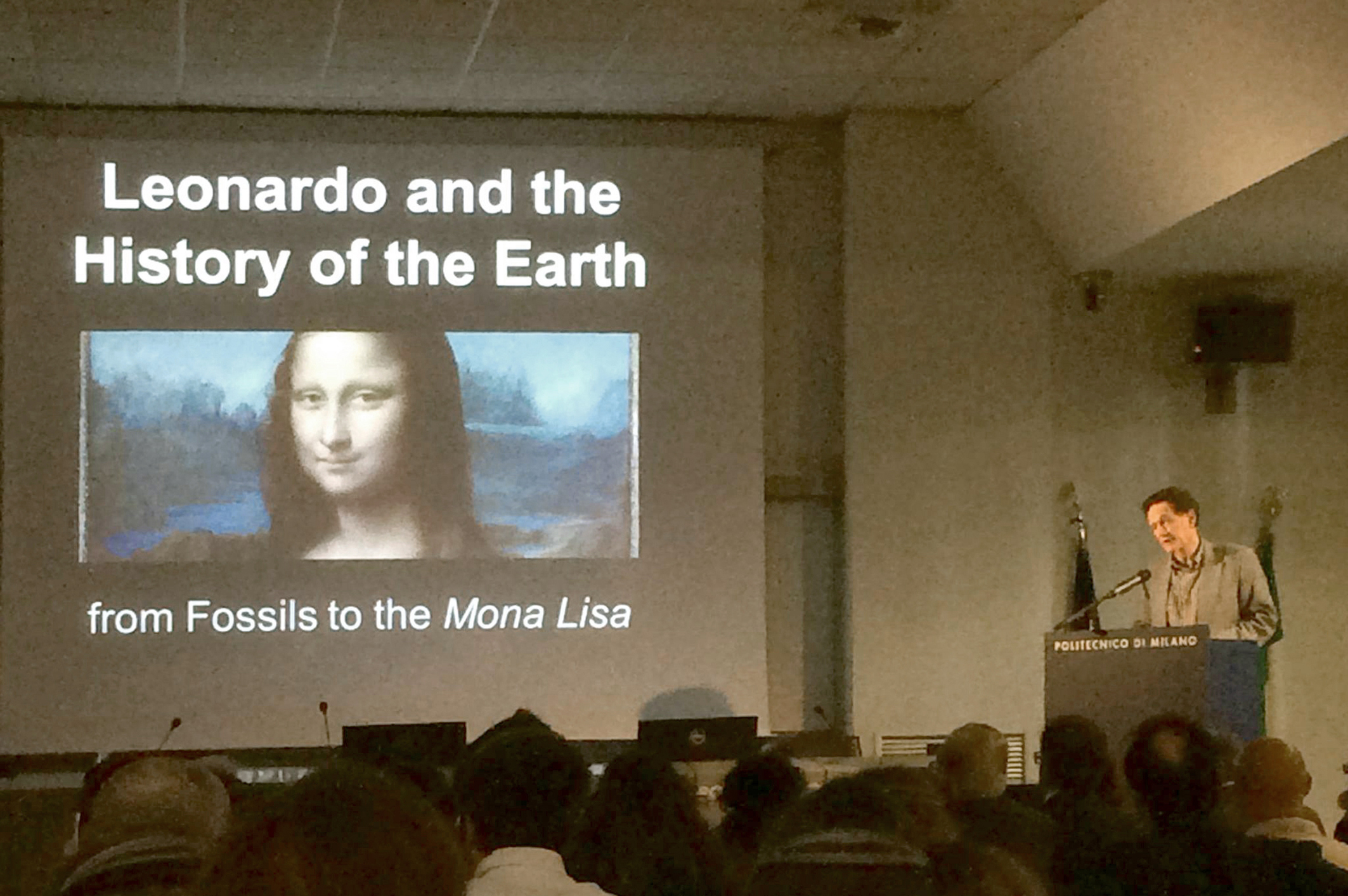
The international symposium, sponsored by the Politecnico di Milano in collaboration with the Cutlural Heritage Center and the Ente Raccolta Vinciana, takes place in conjunction with the exhibition "Leonardo da Vinci 1452-1519. The Design of the World" – a leading cultural event of EXPO 2015.
The initiative brings together some of the most renowned international scholars in the field of da Vinci studies; it will address methodological issues of how Leonardo saw and understood nature and how this reflects in his artistic practice. Leonardo has famously turned his observation of natural phenomena into a process of capturing them graphically. He reinterpreted the act of drawing and painting as an act of scientific inquiry of the world around him. The conference will cover a wide set of theoretical and technical issues concerning the analogical approach and the comparative method which –in Leonardo's view– linked together seemingly diverse fields of knowledge.
The symposium is open to the public and is aimed to attract an audience from the academies, museums, and the cultural institutions alike. They all are offered a unique opportunity to receive the state of research of Leonardo studies from the leading experts; all the while the works of the master are assembled at the Palazzo Reale in the most comprehensive exhibition ever dedicated to him in Italy.
Contacts
Contact us at:
centrobeniculturali@polimi.it
